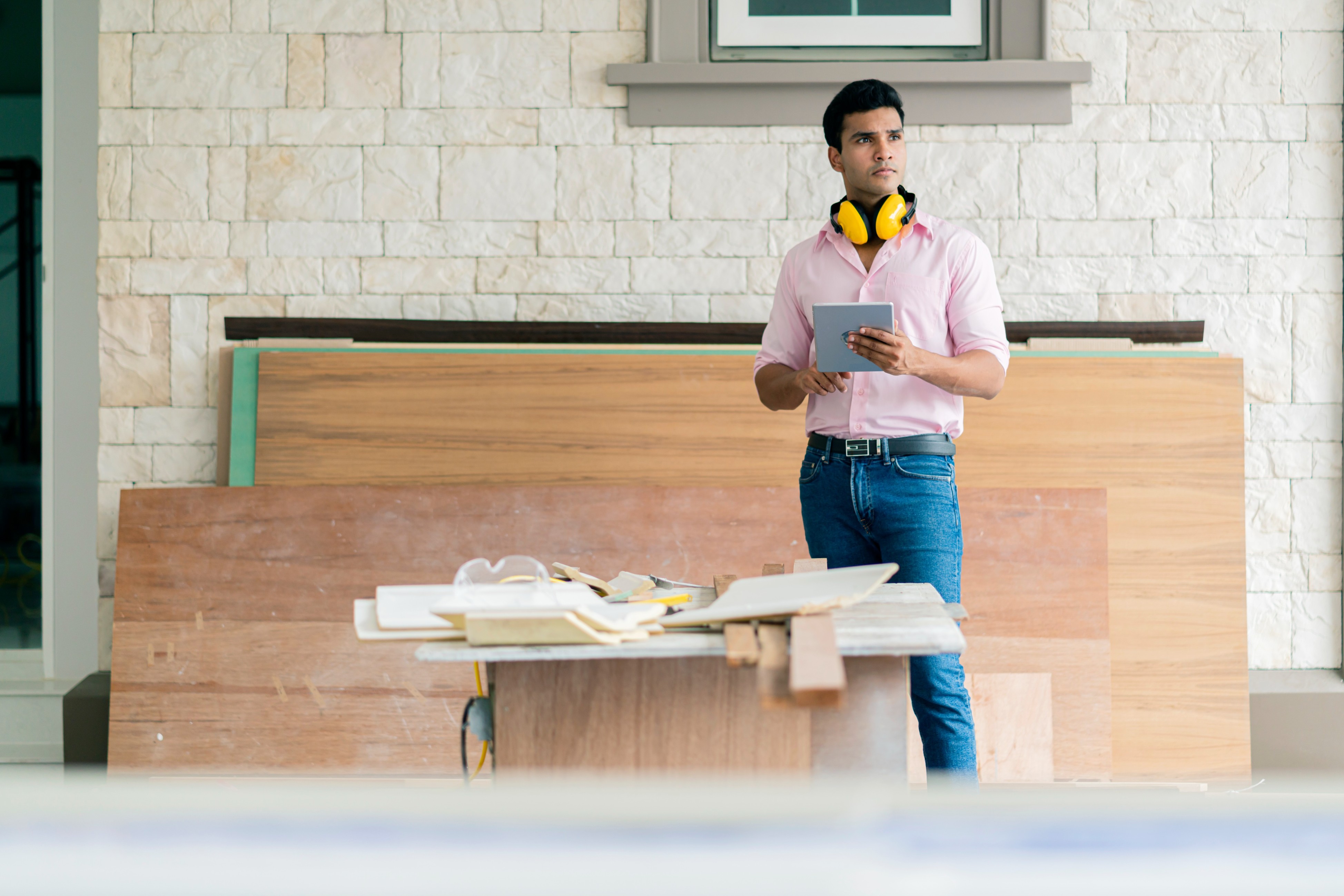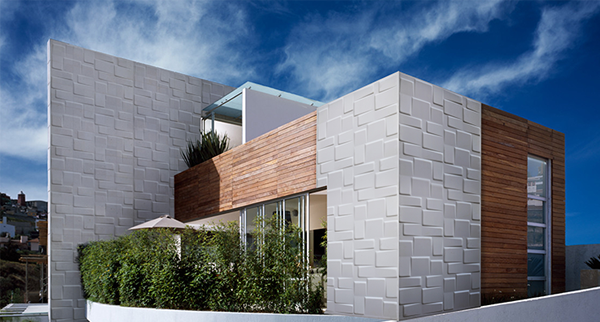
Why WPC Is The Architect’s New Favorite
Have you ever wanted to build your ideal home using the material of your choice that is flawless, long-lasting, and gorgeous inside and out? You will quickly come to love composites as much as I did, as architects of both traditional and modern styles are gradually incorporating them into their buildings. Why? We are going to talk about the world of wood plastic composite, or WPC, and why it is becoming a preferred tool for architects.
The Relatable Struggle
The process of planning, sketching, or designing takes up most of your time when building a house, and you always want the finest result. Then the anticipation mounts as you eventually begin your project, only to find out afterward that you have encountered the misfortunes of weather damage, wear and tear, and limited inventory. We have all faced this difficulty over the years, but do not worry—WPC boards are on hand to help!
What are WPC boards?
Wood-plastic composite, or WPC for short, is a novel and inventive material that combines the strength of wood with the flexibility of plastic. Because they are made to endure even the most extreme weather, special boards are excellent for both indoor and outdoor architectural projects.
WPC Boards in Kerala: A Game-Changer
As the architects in Kerala have pointed out, there is no denying the benefits of the WPC board. Most materials find it extremely difficult to withstand the humid tropical climate daily, but WPC boards are great at tackling moisture, insects, and other natural factors. No fear anymore! Your home will never again fall prey to either nature`s ravage or your mistake!
The Multiwood Advantage
As architects become more acquainted with the versatility and compatibility of wood plastic composites, it’s no surprise to see the dealers of such a product, Multiwood, responding accordingly and ensuring that the whole market gets to hear about the potential of the particular wood plastic composite. Here's why Multiwood is stealing the spotlight: Here's why Multiwood is stealing the spotlight:
Durability: WPC is considered durable and resilient, thus giving the designs immunity from wear and tear over time.
Low Maintenance: Some architects appreciate materials that remain good-looking without requiring too much upkeep. Thanks to the durability formula that Multiwood uses, you don't need to worry about the constant upkeep of the surface.
Eco-Friendly: For that reason, in addition to other sustainability-related organizations, Multiwood is way ahead by considering environmental factors. Develop a feeling of pride in your designs as well as being part of a green planet.
Why are architects Making the Switch?
WPC boards are, above all, practical; they are much more than just a fad. Architects favor WPC over conventional materials for several reasons.
Design Flexibility: Due to the strength of WPC boards, designers can use their creativity and explore any ideas they may have without worrying about durability.
Cost-Effective: WPC boards turn out to be a cost-efficient option over time and also require less maintenance time.
Customer Satisfaction: The greatest ambassadors of a brand are the customers themselves. WPC ensures your designs not only look great but also stand strong, leaving clients satisfied for years to come.
And that concludes the pandora’s box; this is the very weapon architects use to combat design difficulties. WPC boards have undoubtedly earned their place as the architect's new favorite material in Kerala. With their versatility, durability, eco-friendliness, and ease of maintenance, WPC boards offer a winning combination for architectural projects of all scales and complexities. In Kerala, a new era of sustainable and inventive architecture is being ushered in by architects who can easily incorporate WPC boards into their designs because of the accessibility offered by multiwood dealers like Denwud.
Recent Blogs
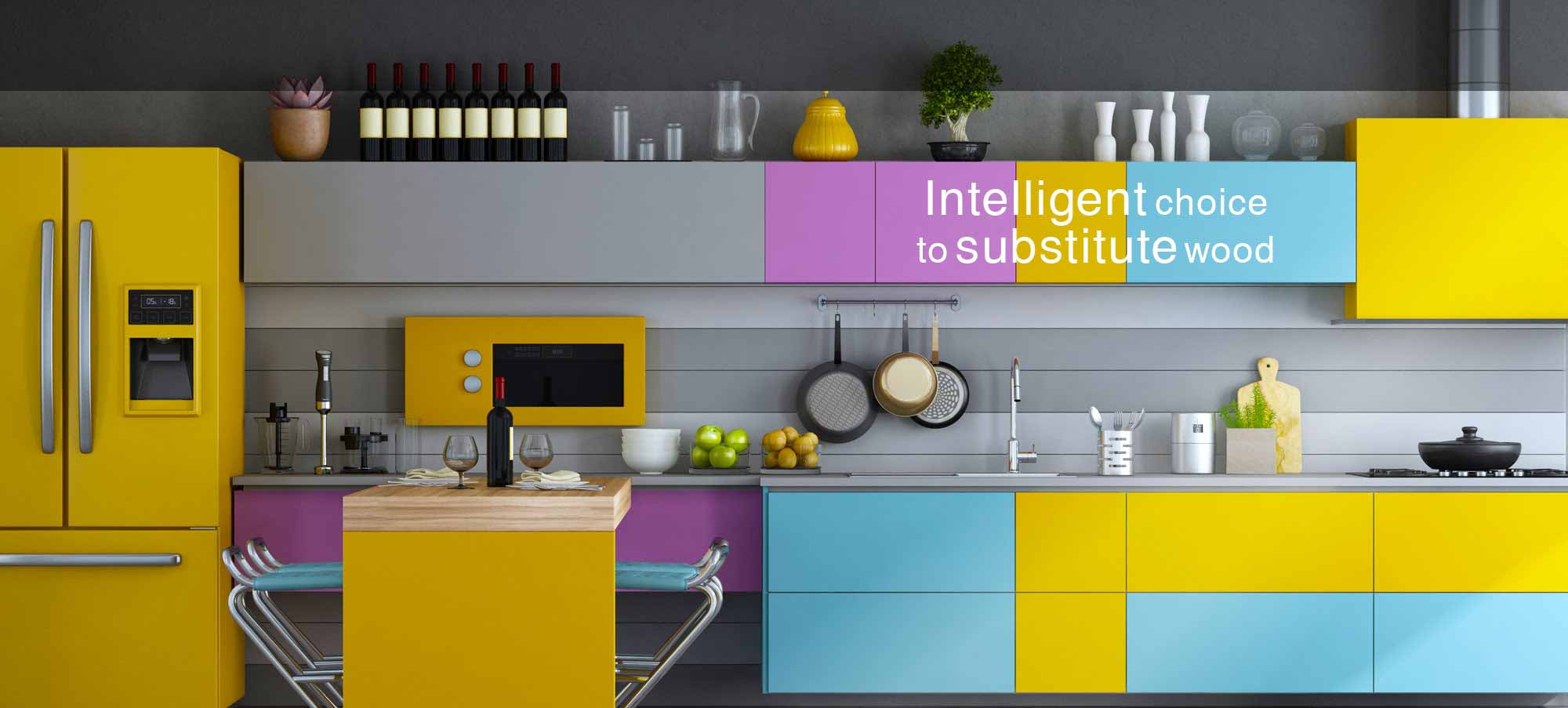
How to make Kitchen attractive?
09 Oct, 2021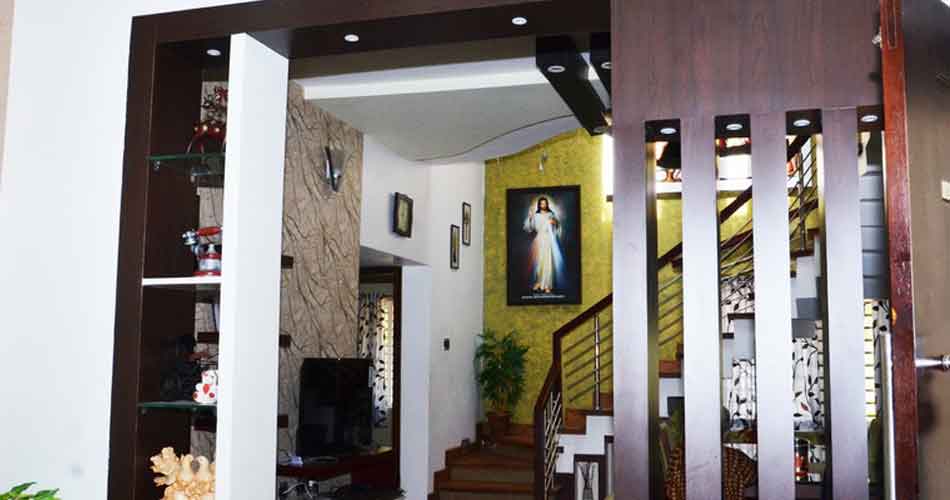
Interior design materials that are the most Eco-Fr...
11 Oct, 2021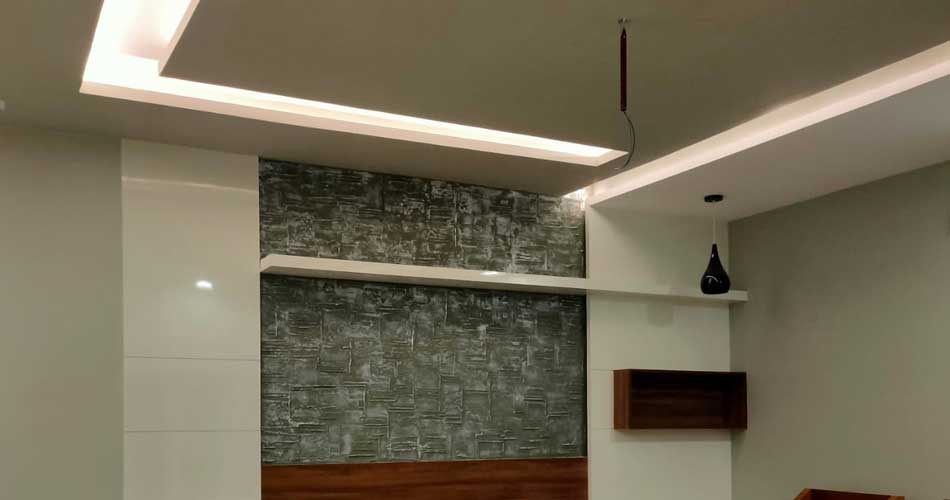
Ideas for Stunning Ceilings
11 Oct, 2021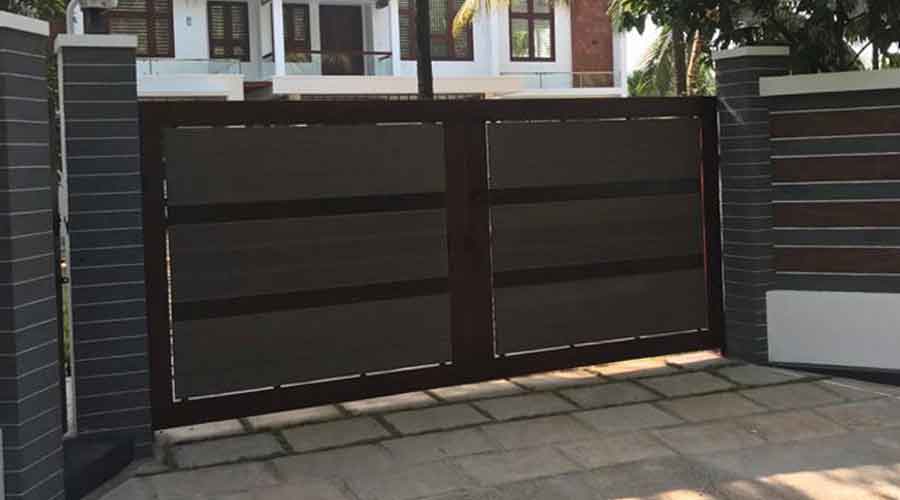
Looking for an appropriate Gate for your House?
29 Oct, 2021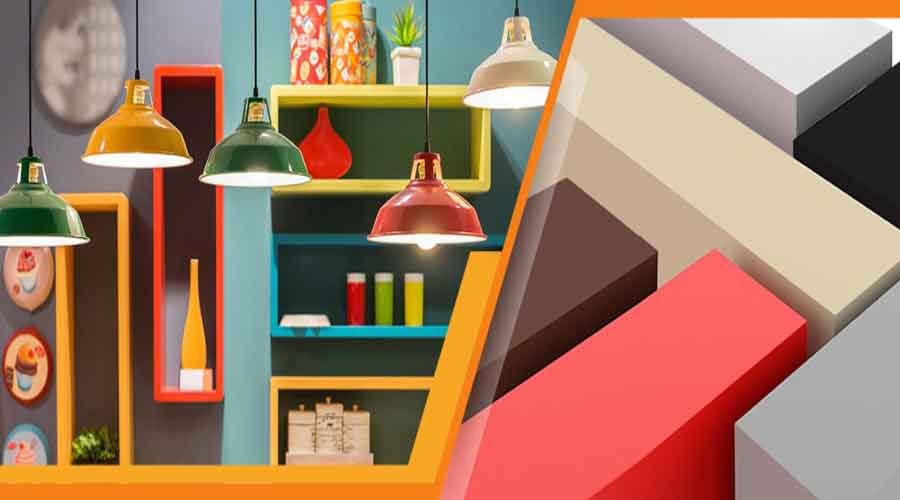
Manufacturing and Resistance of WPC Boards, PVC Sh...
29 Oct, 2021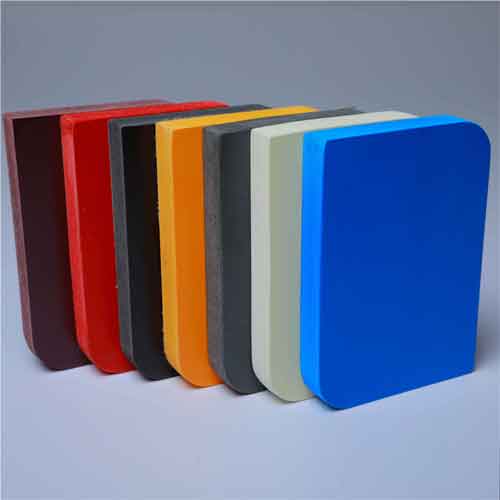
Why most people choose PVC Walls
19 Jan, 2022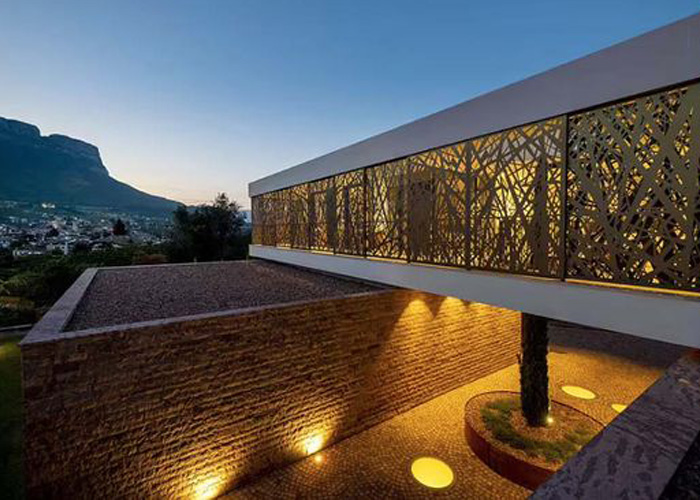
How Amazingly Facade Adorns An Architecture!
02 Mar, 2022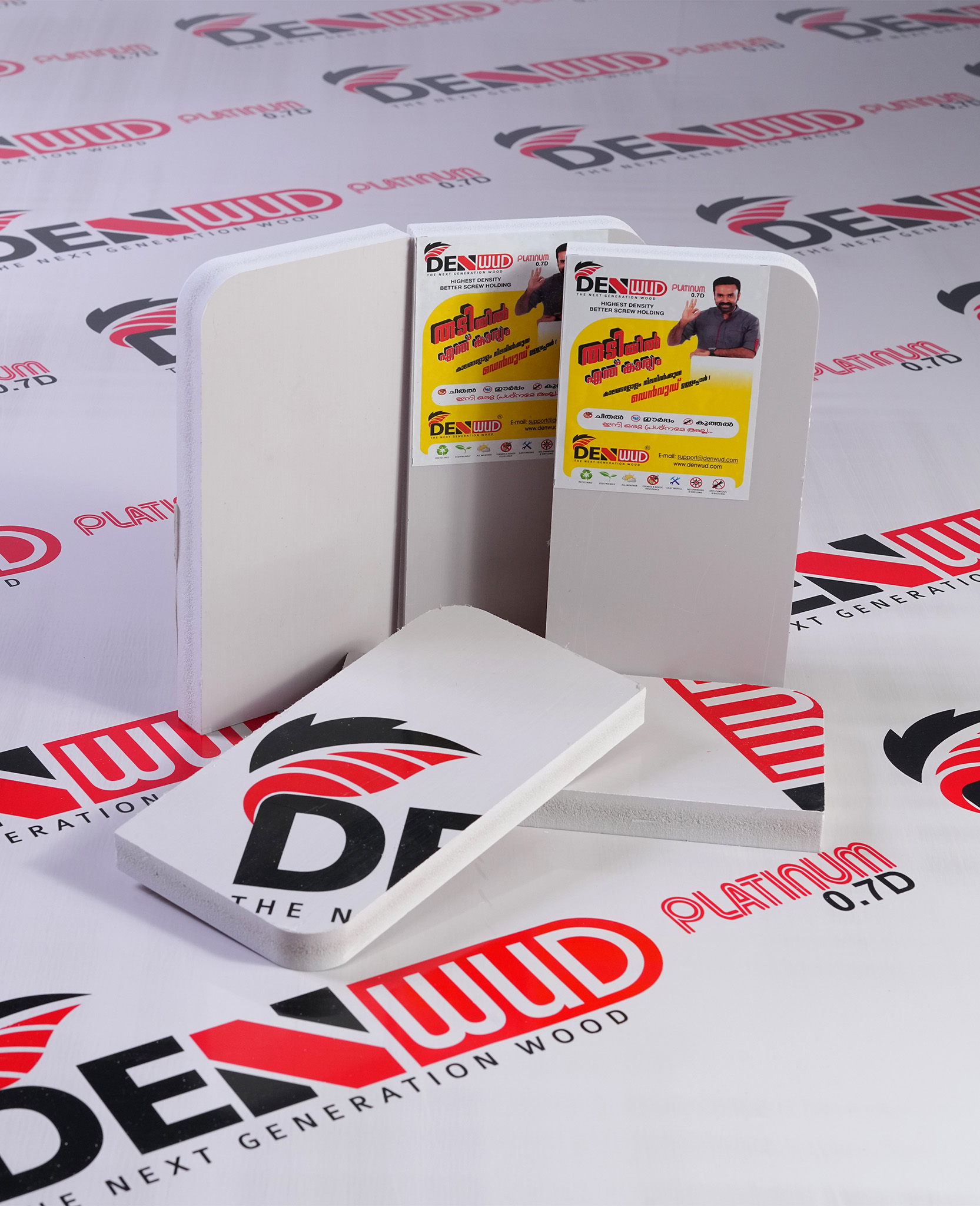
Advantages of WPC Boards Over Plywoods
20 Dec, 2023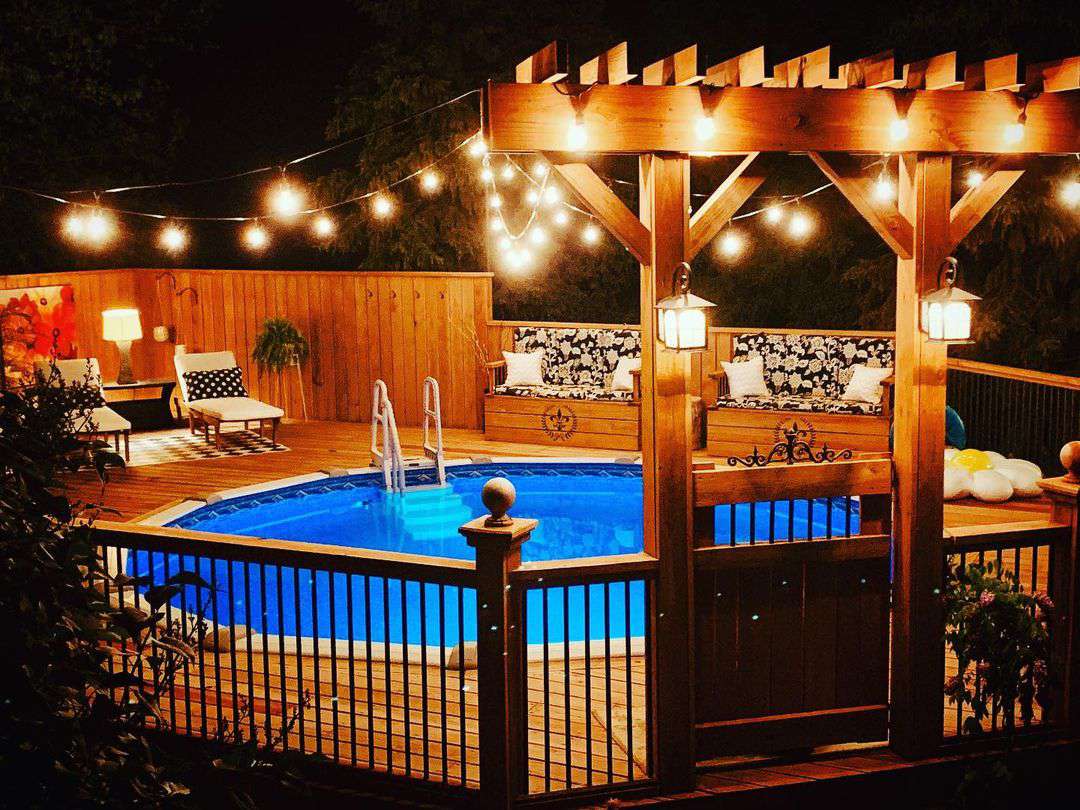
Creating Stunning Outdoor Spaces with Denwud's...
08 Jan, 2024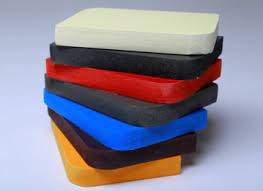
5 Reasons Why You Should Choose PVC Foam Sheets...
10 Jan, 2024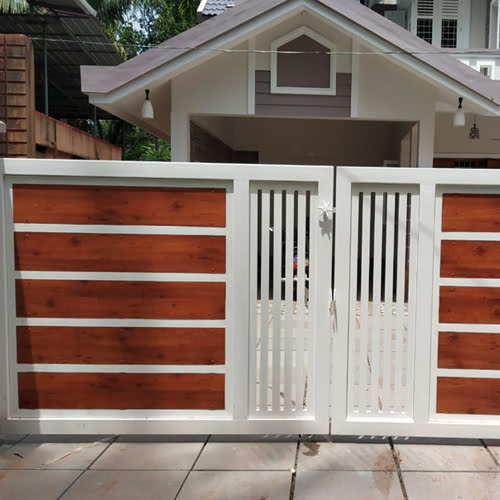
Installing and Maintaining PVC and WPC Products
18 Jan, 2024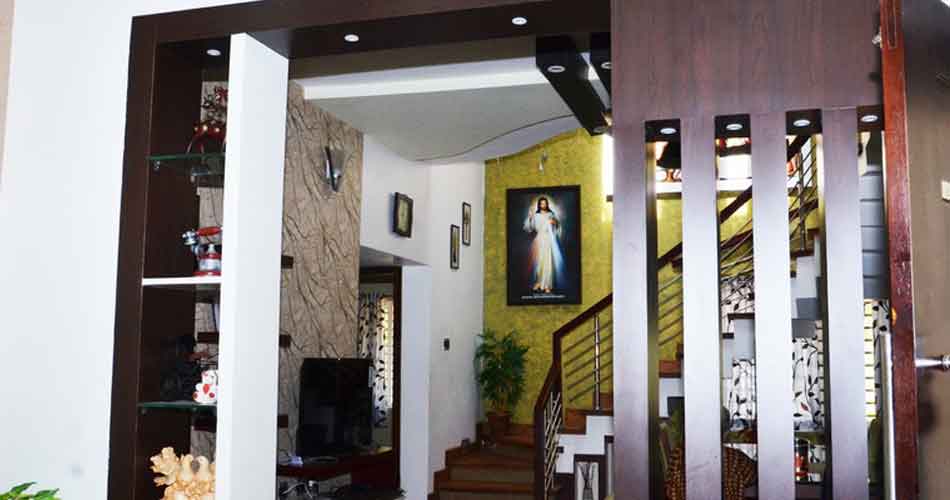
How to Create an Eco-Friendly Interior
29 Jan, 2024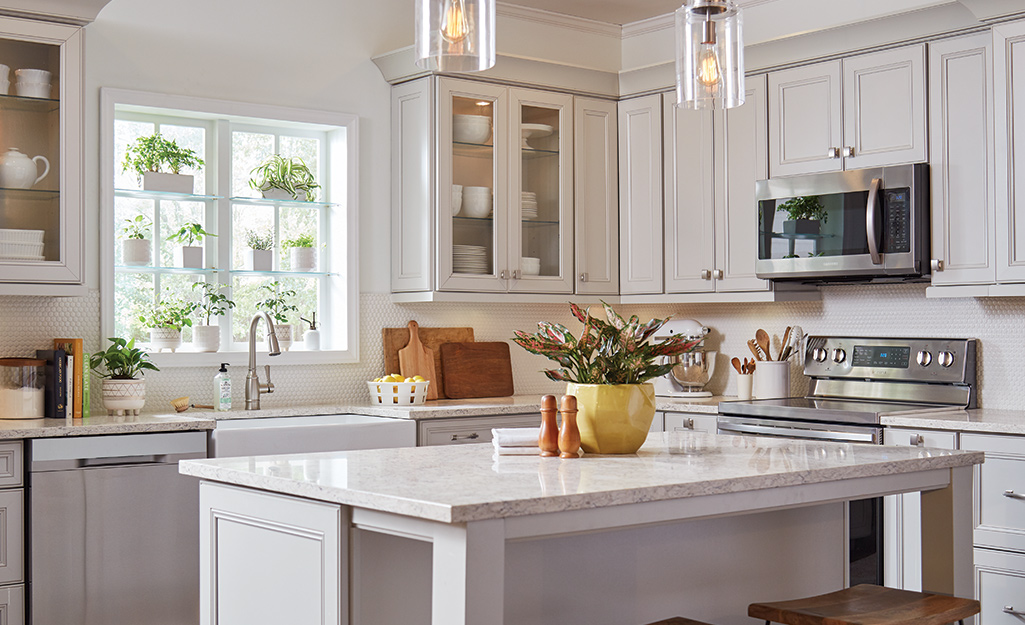
5 Creative Ideas for Kitchen Cabinets
06 Feb, 2024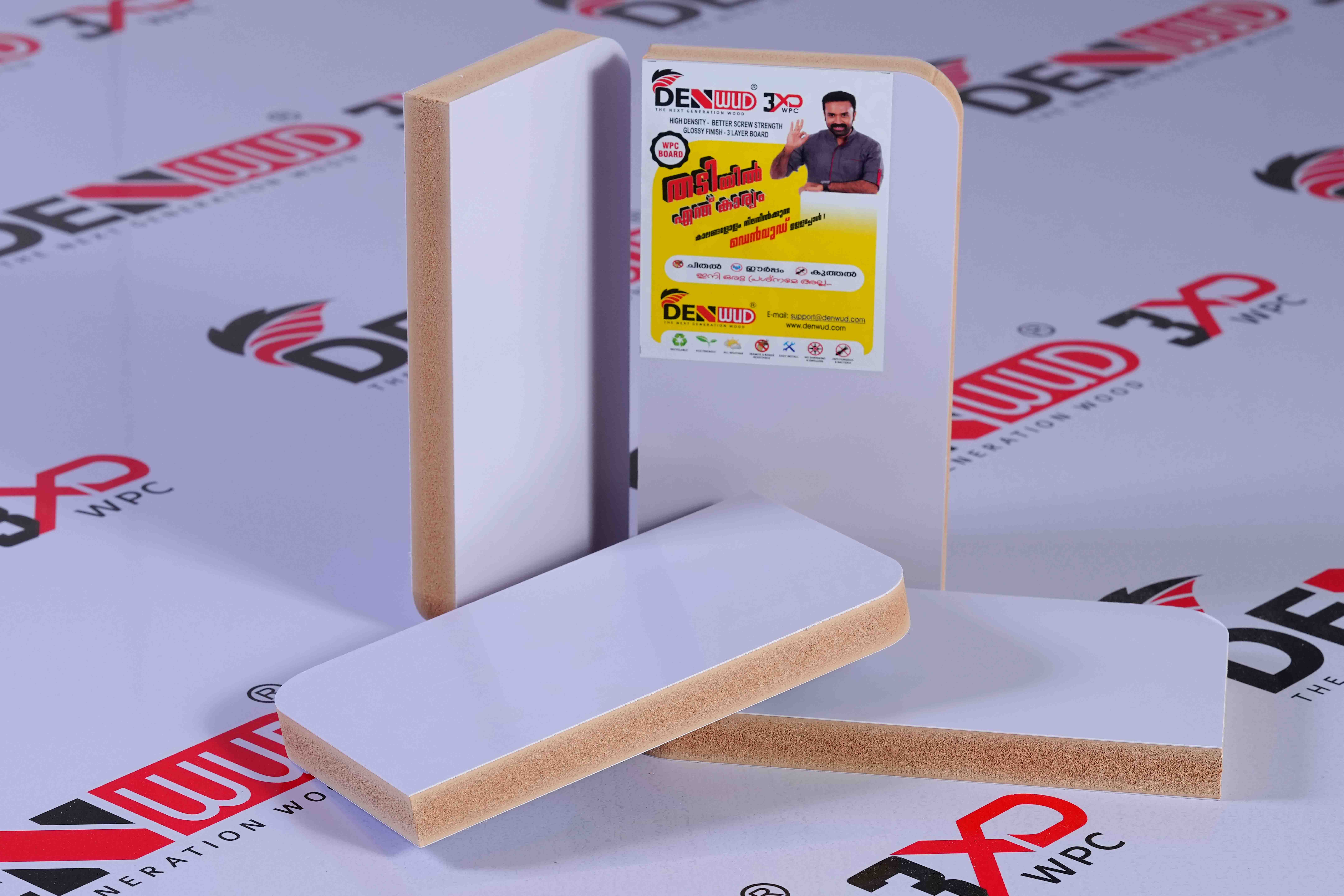
Benefits of Choosing WPC Boards | Denwudn | Kerala
14 Feb, 2024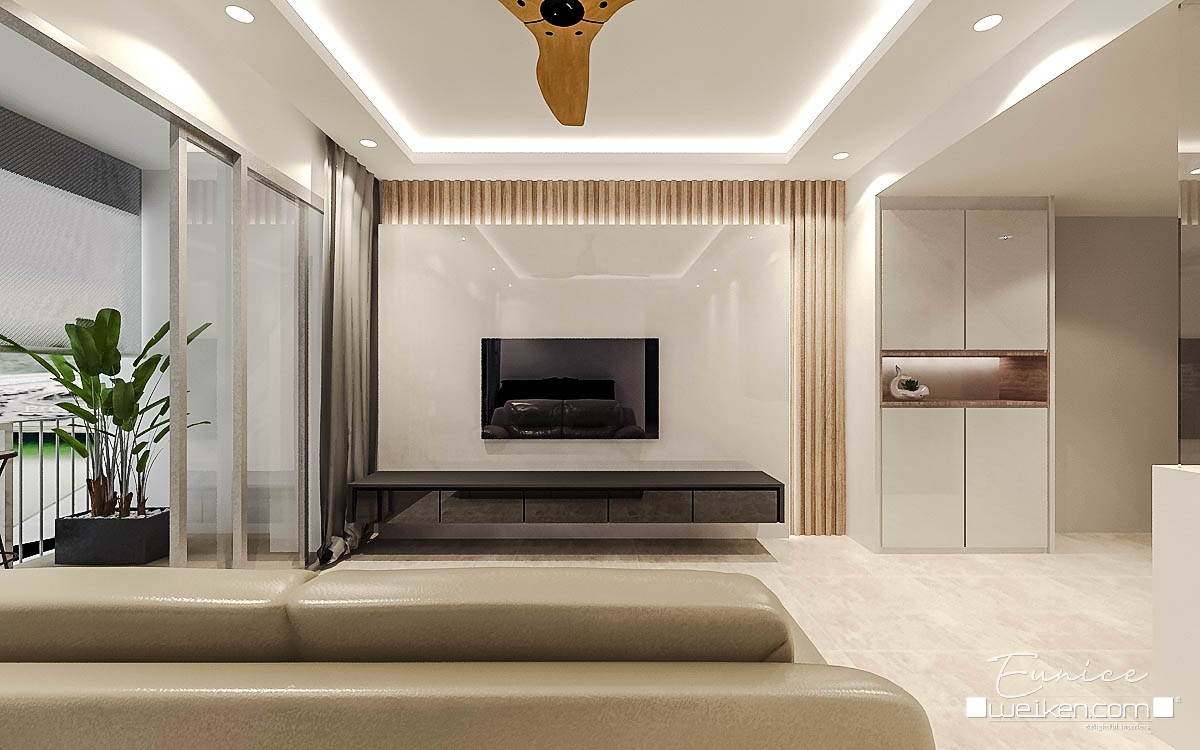
Interior Design Ideas with Fluted Wall and Ceiling...
22 Feb, 2024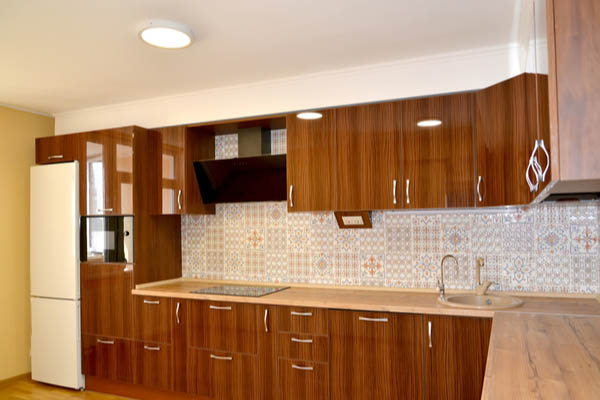
Advantages of PVC Furniture: Stylish, Durable, and...
19 Mar, 2024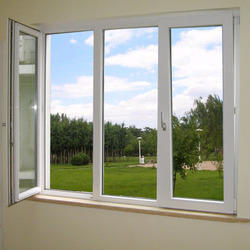
4 Reasons Why PVC Windows and Doors Are the Ultima...
27 Mar, 2024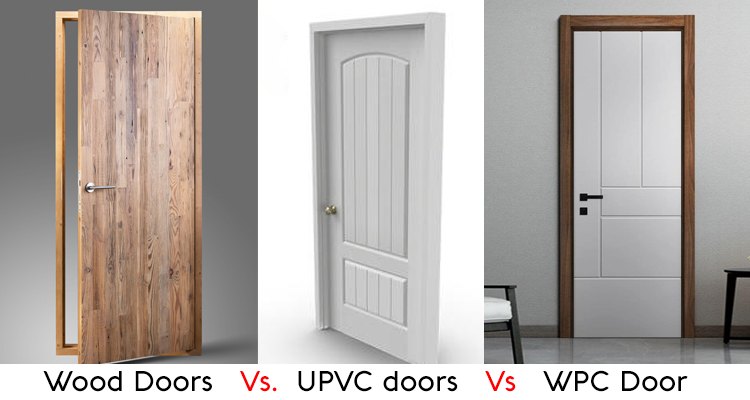
Which is the Superior Choice? WPC Doors vs. FRP Do...
11 Apr, 2024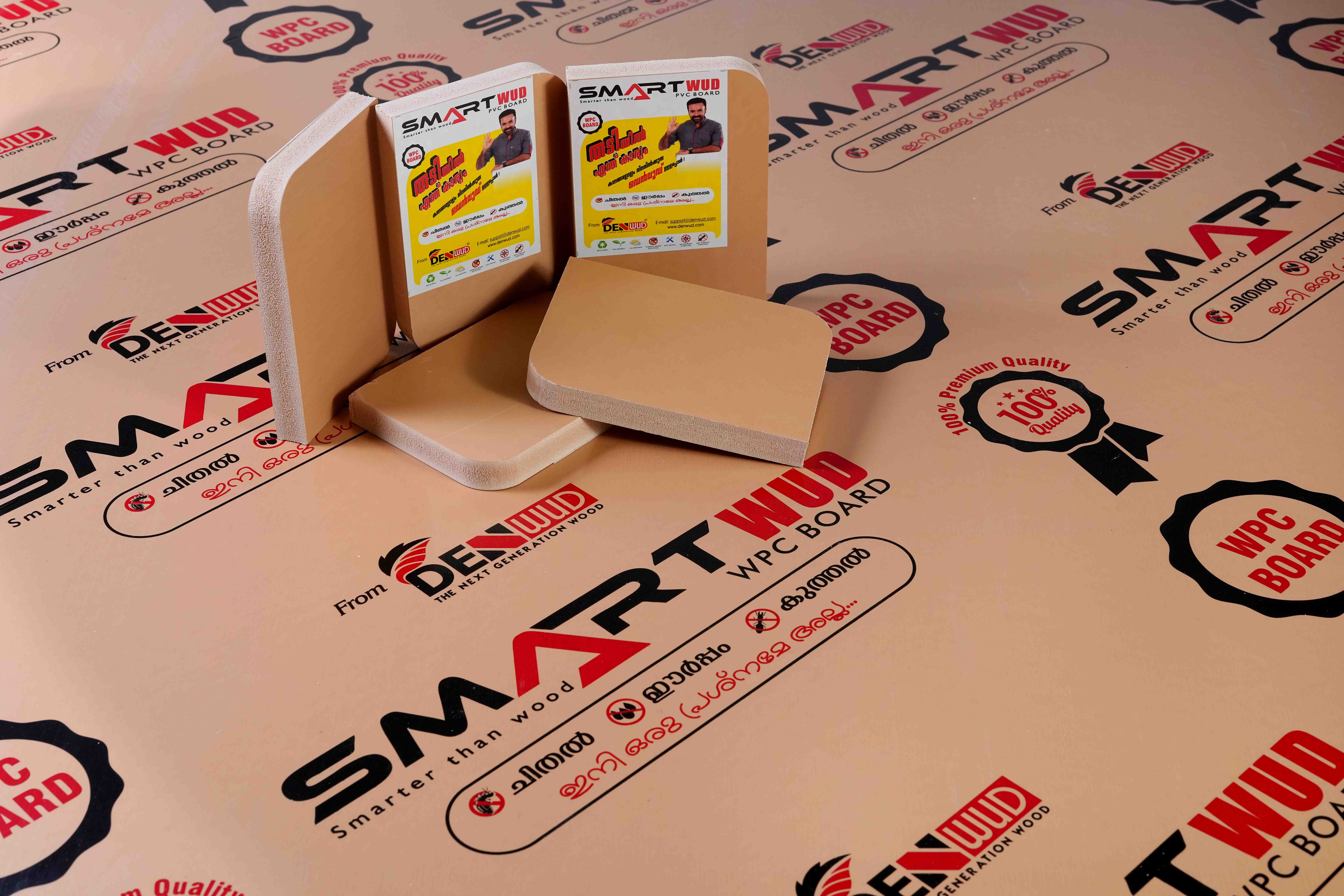
5 Reasons why you should use WPC doors
14 May, 2024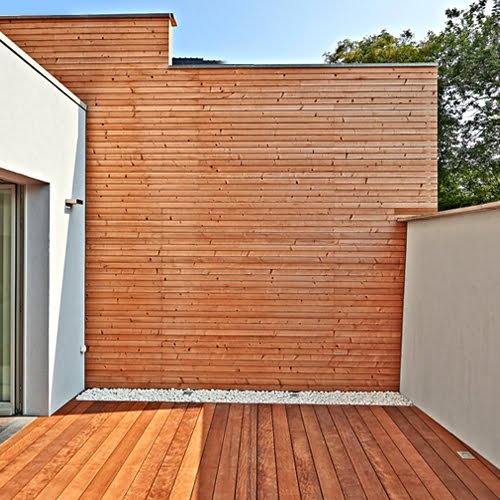
Choose Sustainability with WPC Board: The Future o...
30 May, 2024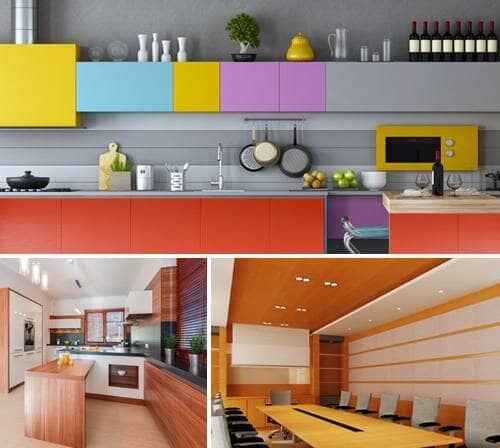
Comparing WPC Boards to Traditional Wood: Pros and...
25 Jun, 2024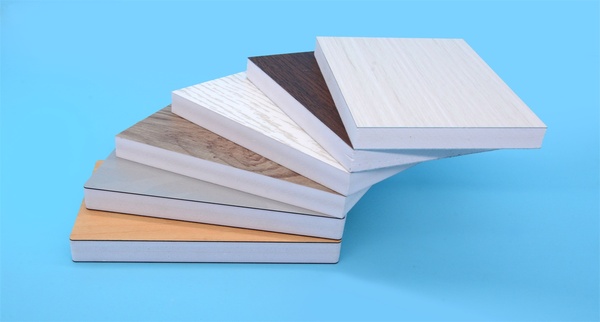
Choosing the Right PVC Foam Board for Your Project...
25 Jul, 2024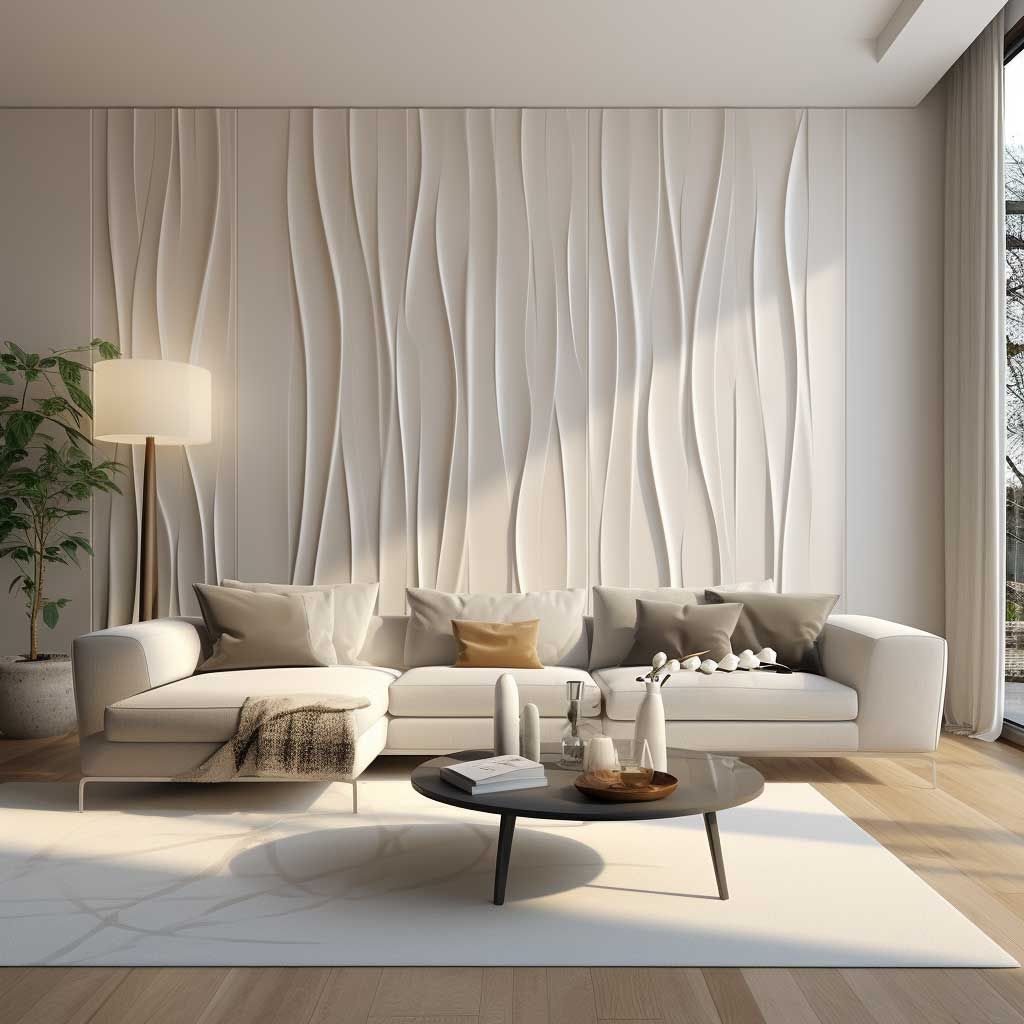
Transforming Interiors with PVC Foam Board: Modern...
16 Aug, 2024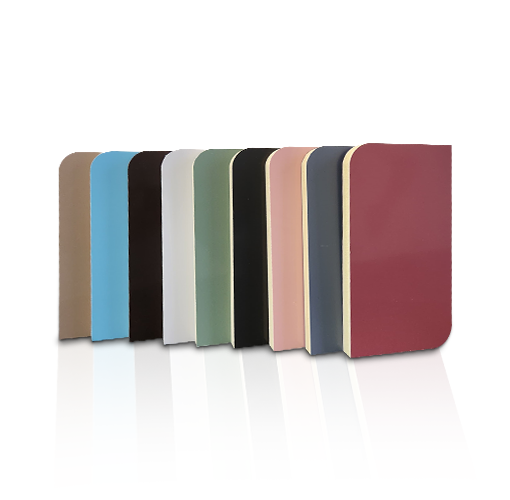
Maintaining and caring for WPC boards: Tips for Lo...
28 Aug, 2024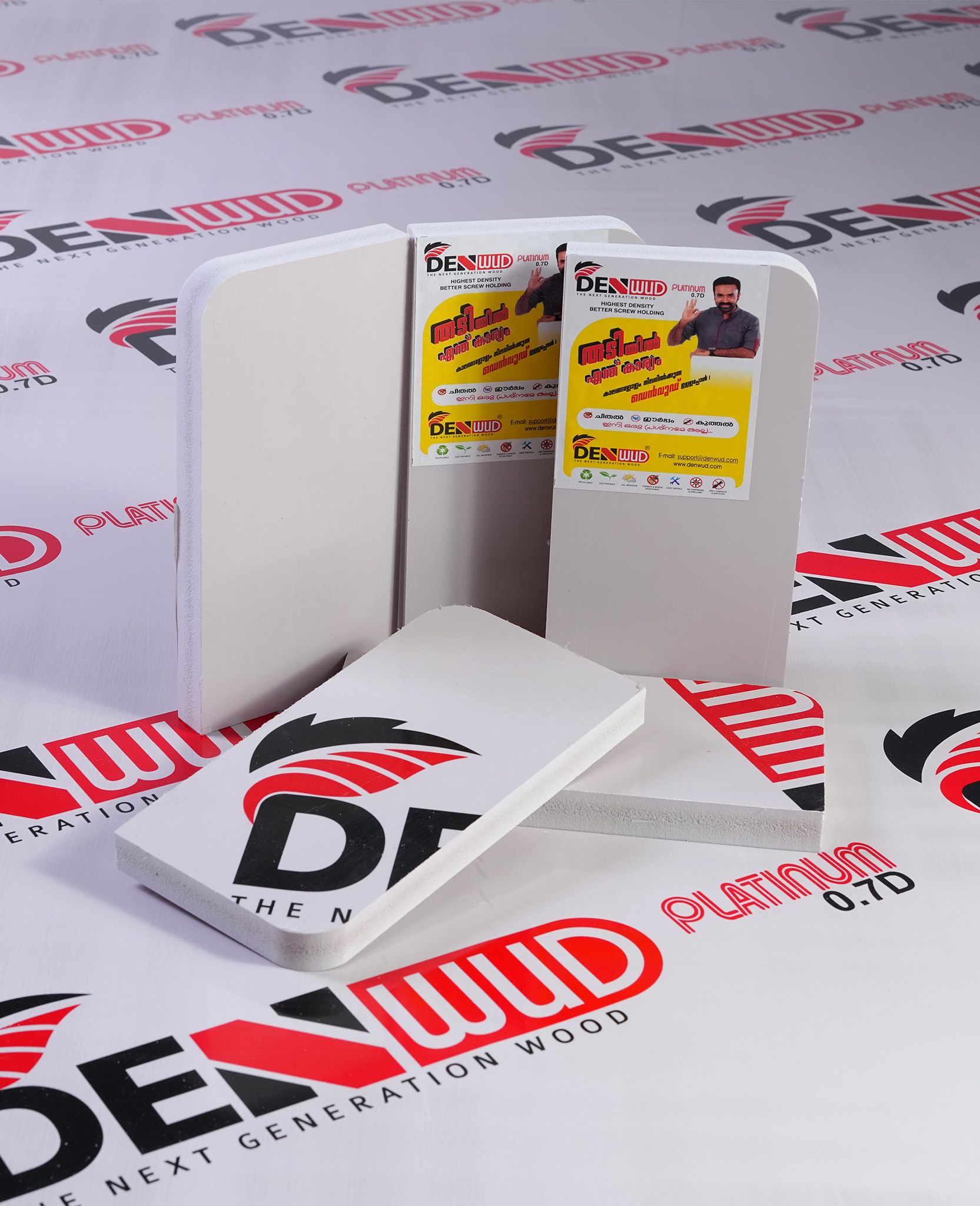
Why WPC Boards Are the Perfect Eco-Friendly Altern...
11 Oct, 2024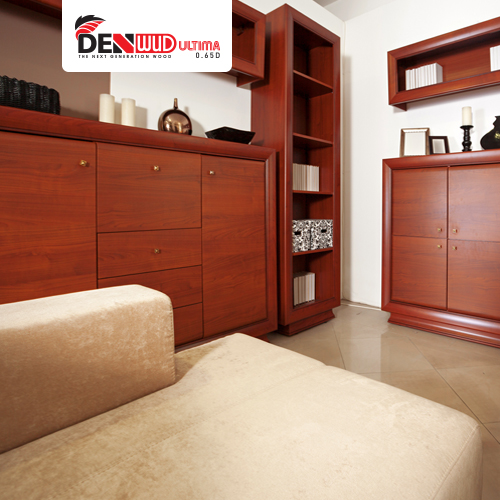
Building Your Dream Interior? Here’s Why WPC and P...
29 Oct, 2024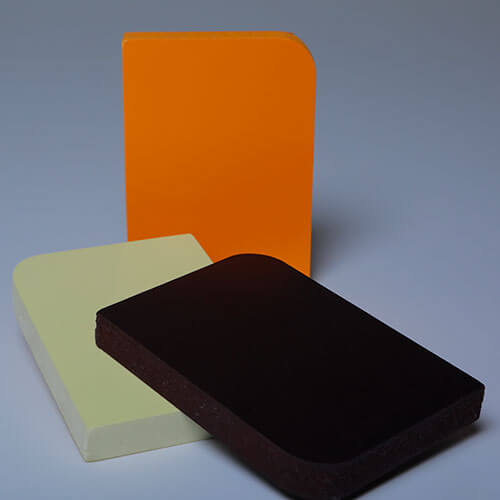
How to Select the Proper PVC Foam Board Thickness...
07 Nov, 2024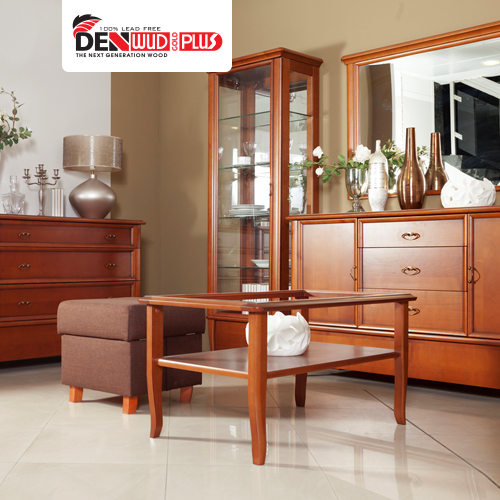
Top Reasons to Choose Multiwood Sheets for Your Ho...
15 Nov, 2024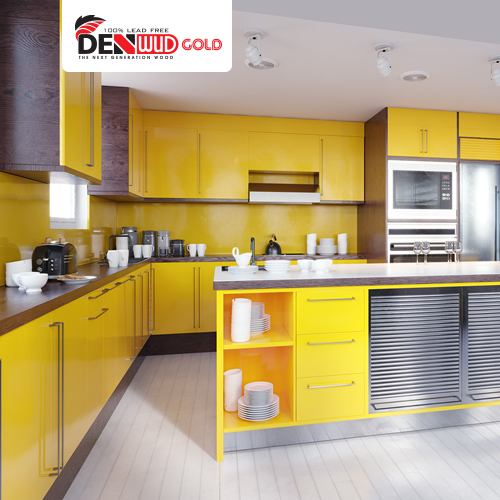
How to Choose the Best Multiwood Dealer for Your H...
05 Dec, 2024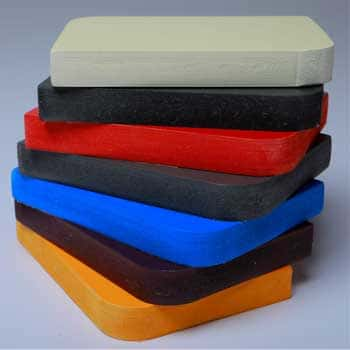
Cost-Effective Solutions: How PVC Foam Boards Can...
28 Dec, 2024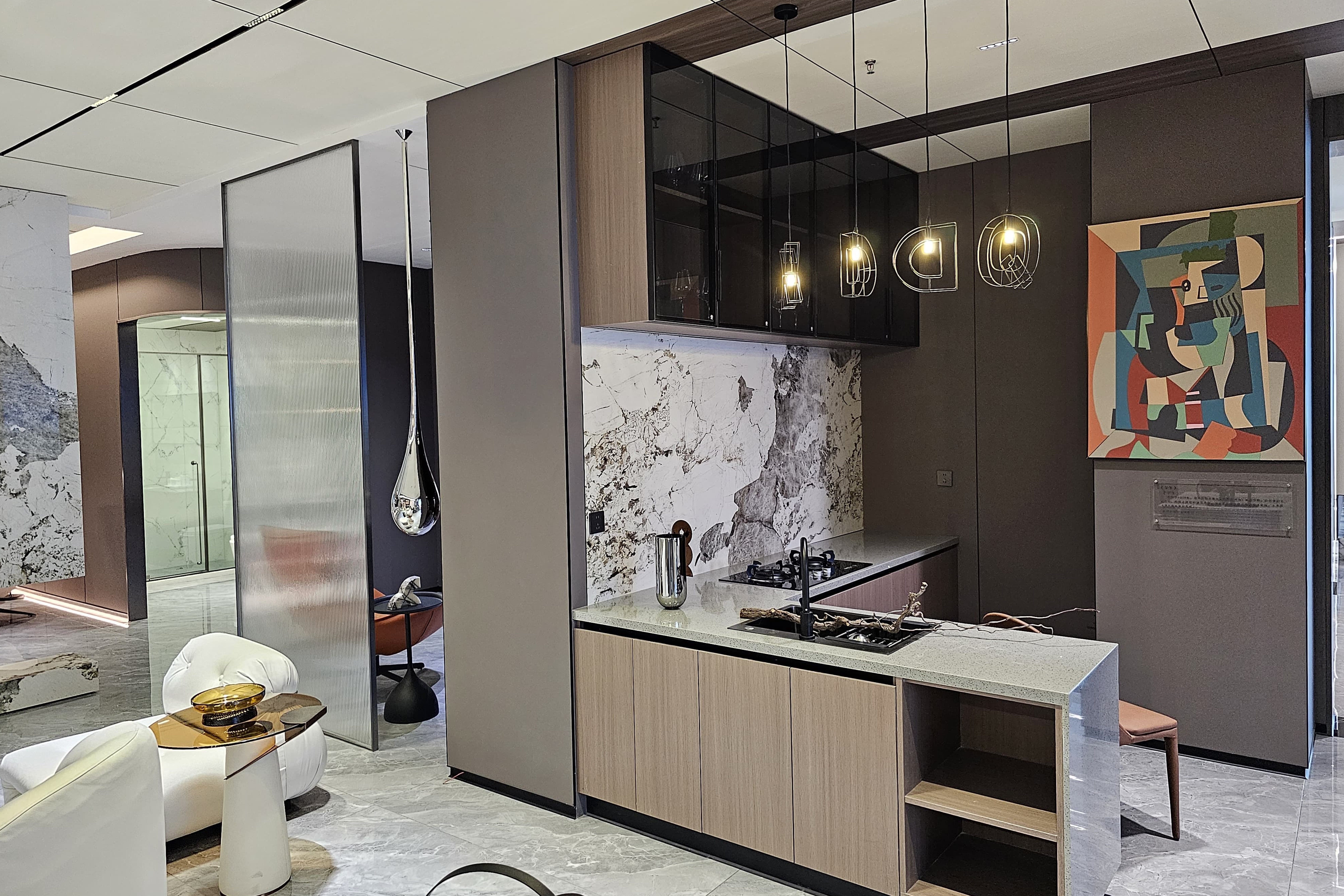
The Process of Manufacturing WPC Boards: From Wast...
09 Jan, 2025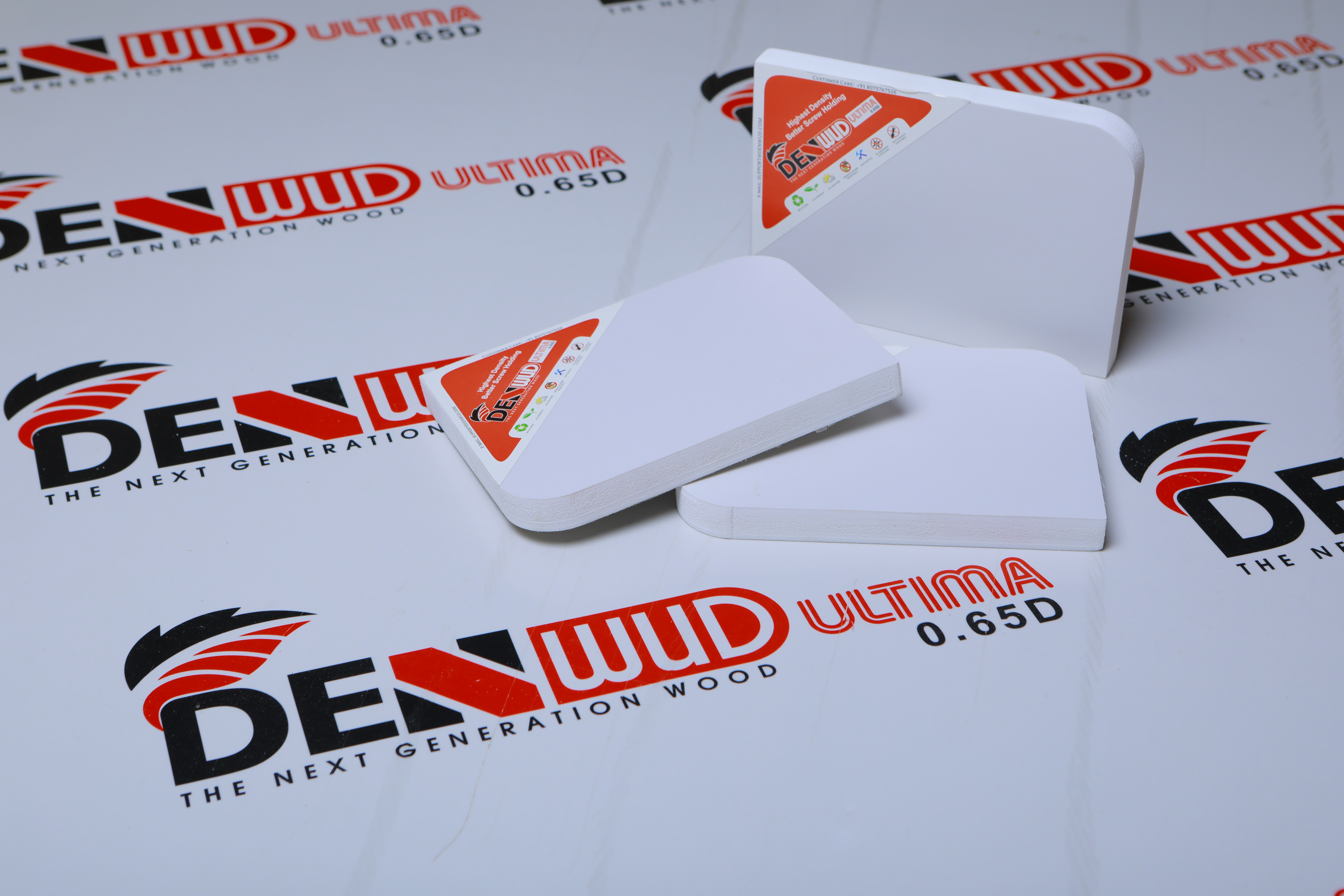
How Denwud Sheets Offer a Budget-Friendly Solution...
30 Jan, 2025
Why Choose WPC Boards for Your Home Renovation in...
14 Feb, 2025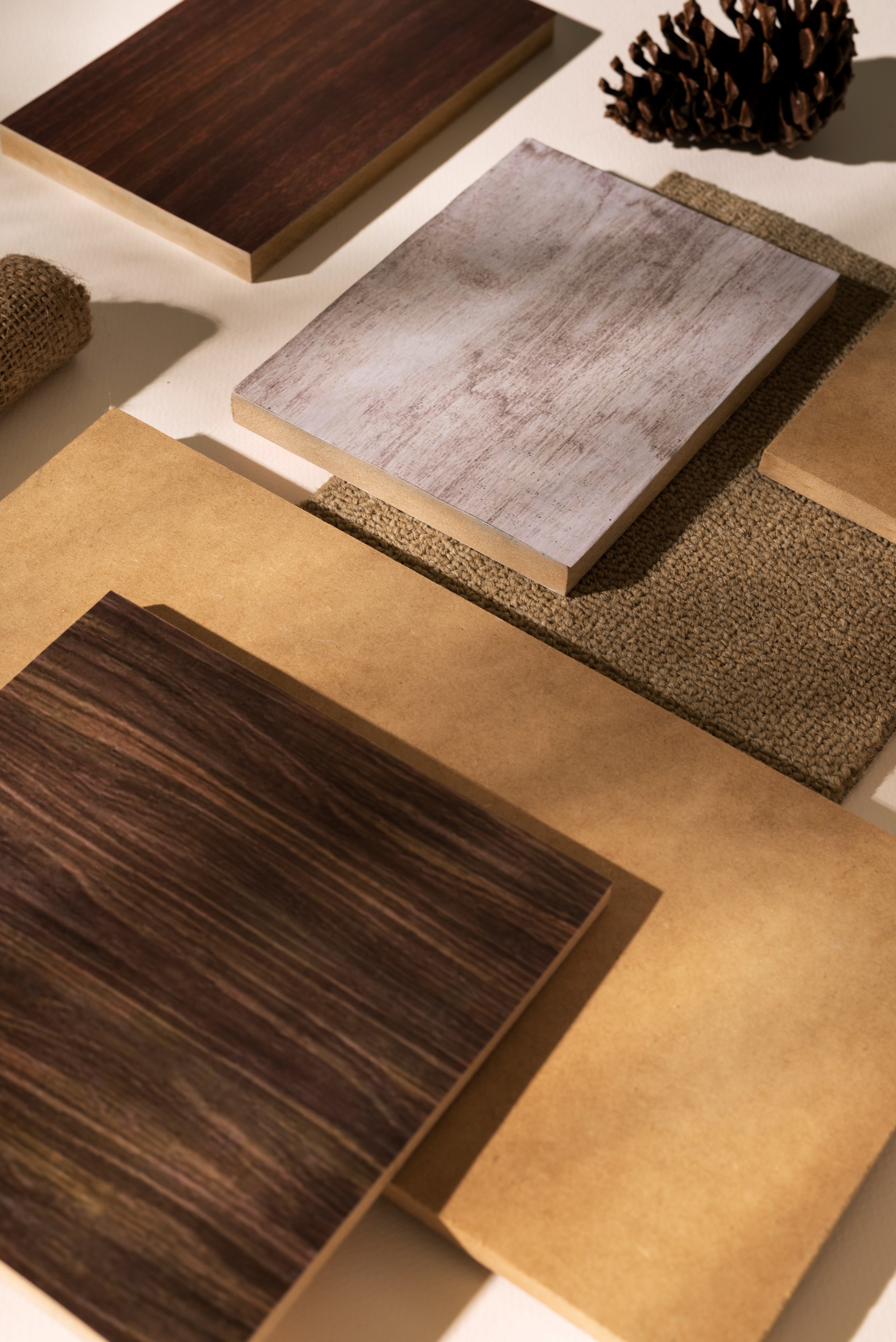
WPC Boards for Outdoor Use: Durability and Weather...
25 Feb, 2025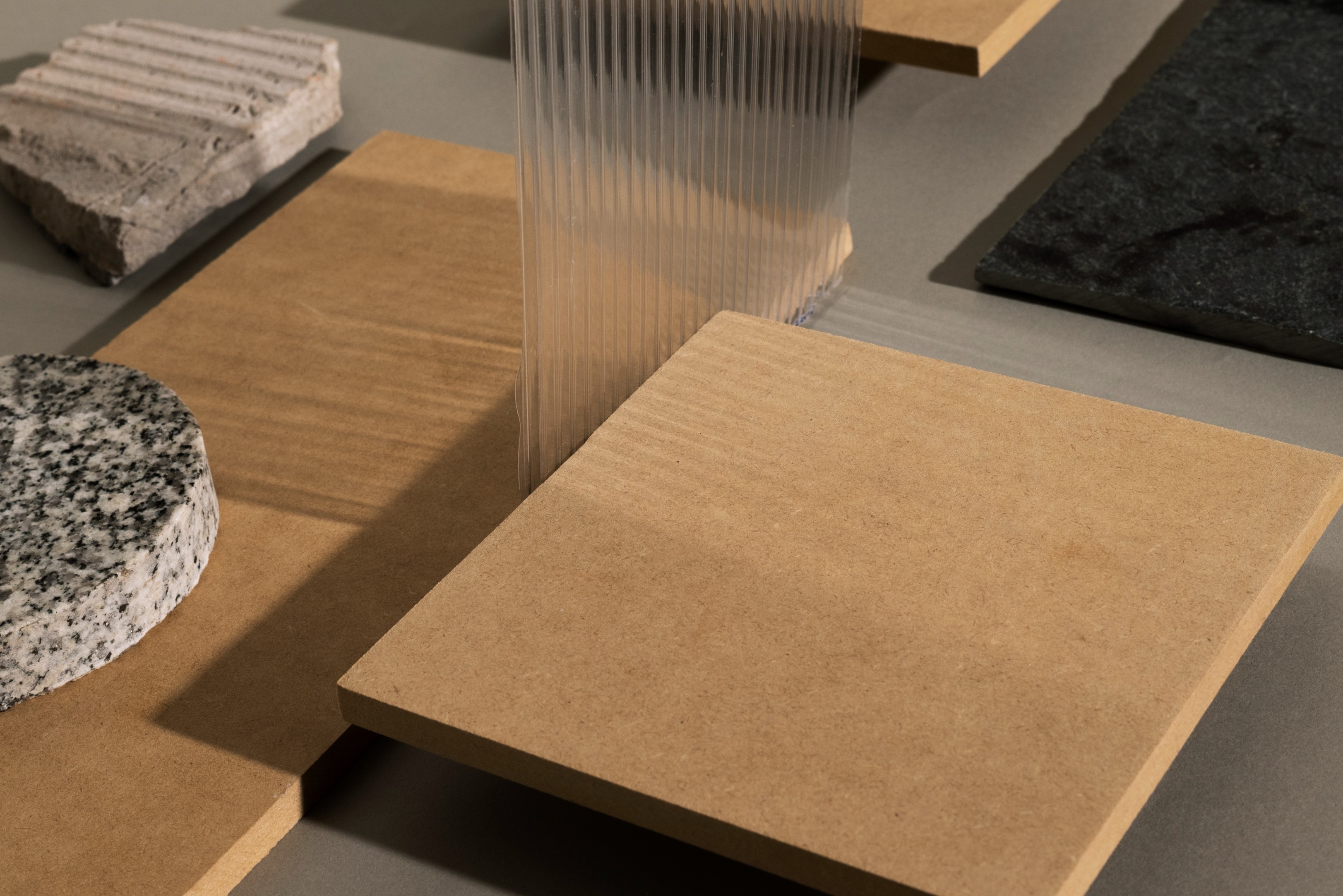
Comparison of WPC Boards with Other Composite Mate...
06 Mar, 2025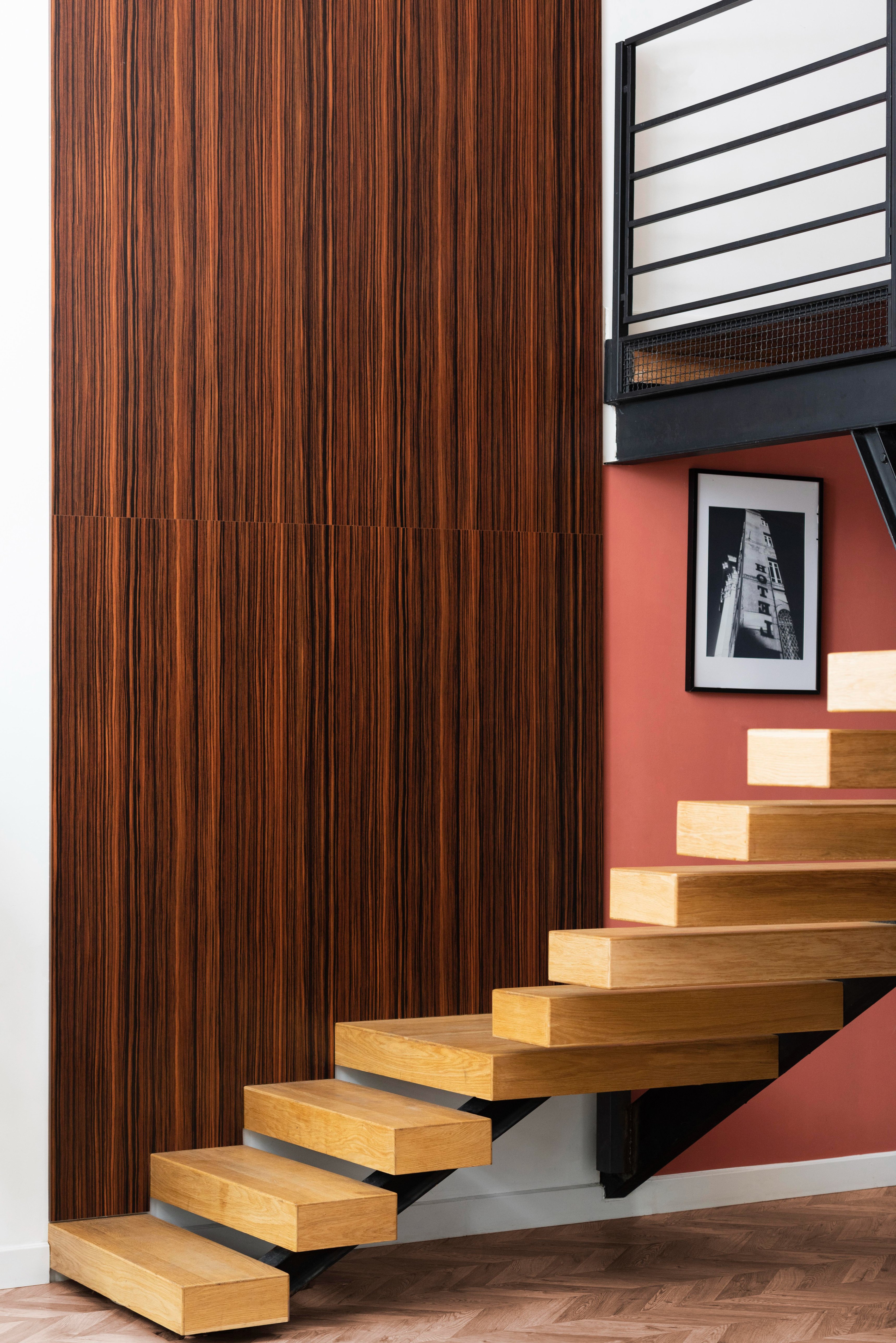
Why Multiwood is the Preferred Choice for Modern H...
14 Mar, 2025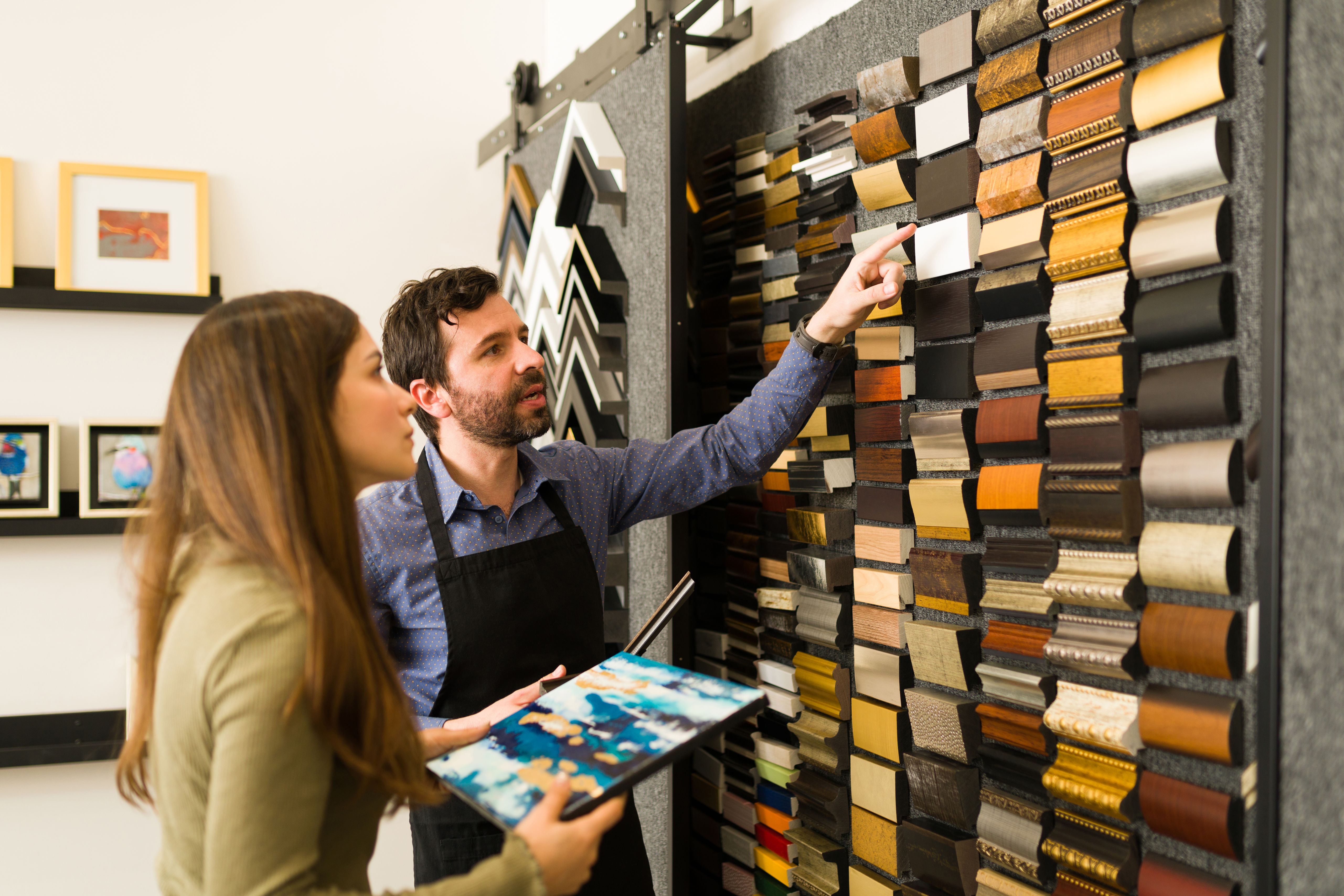
How to Choose the Best Multiwood Dealers for Your...
11 Apr, 2025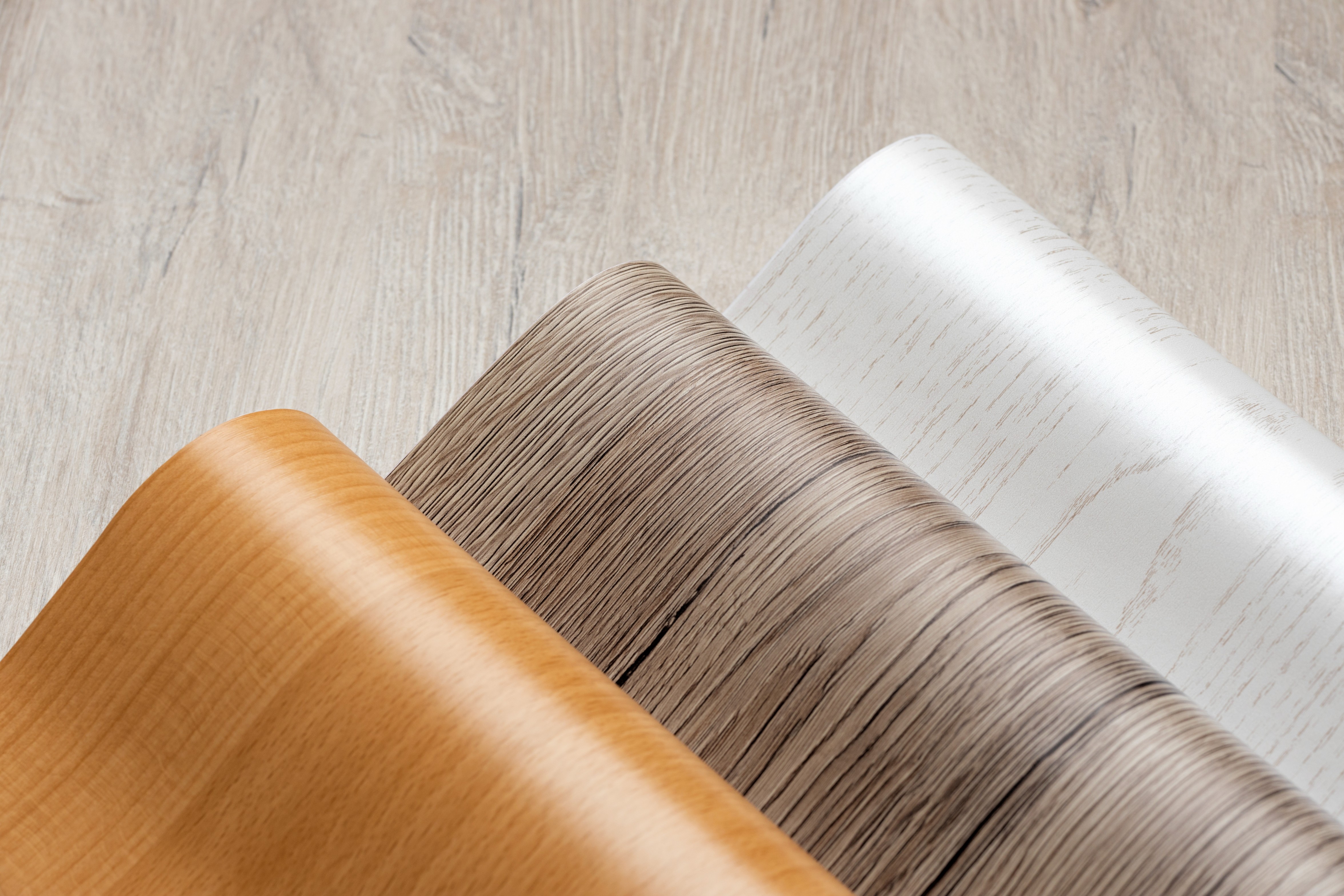
Advantages of Using Multiwood Sheets Over Plywood
25 Apr, 2025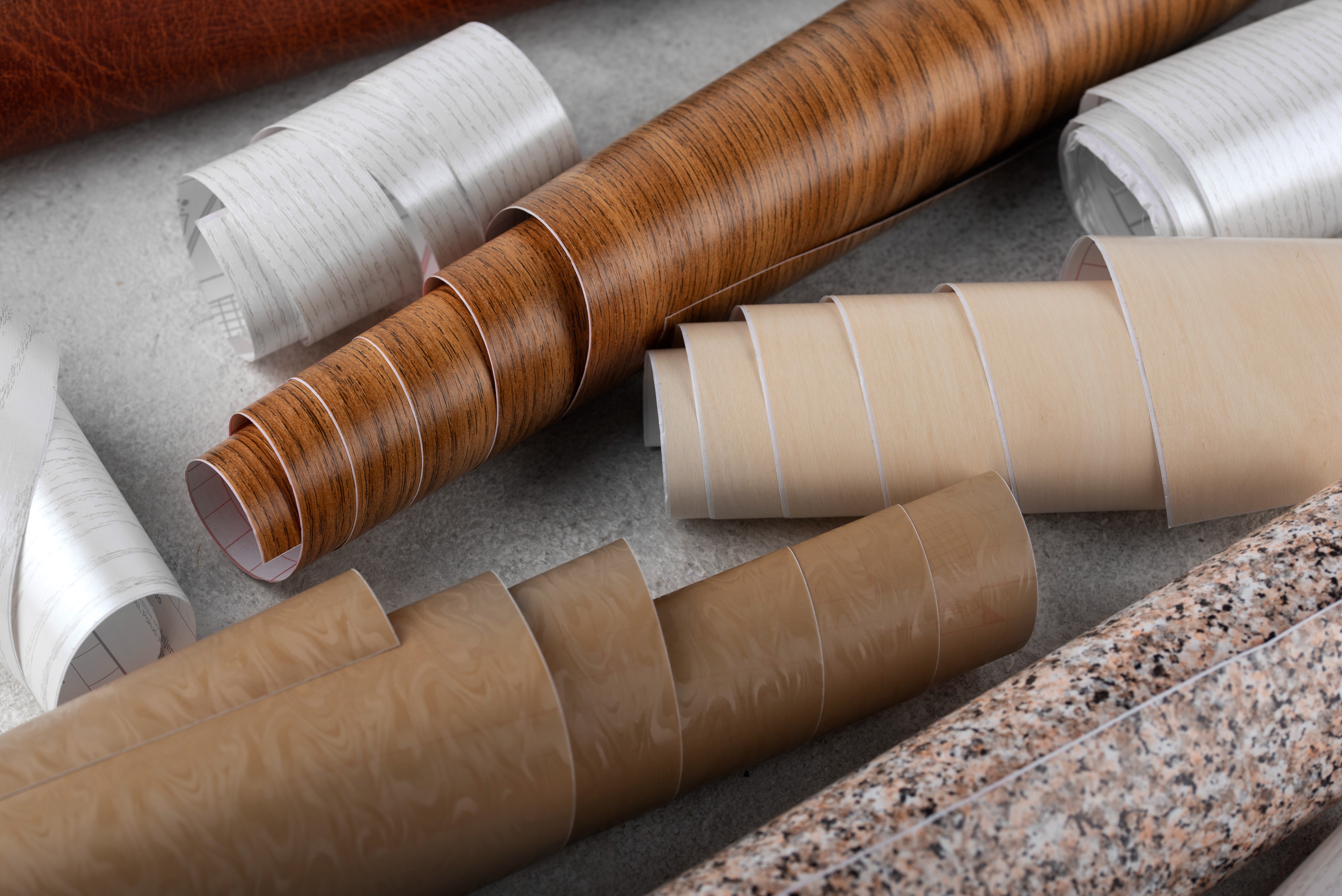
Where to Find the Best Multiwood Sheets for Your H...
05 May, 2025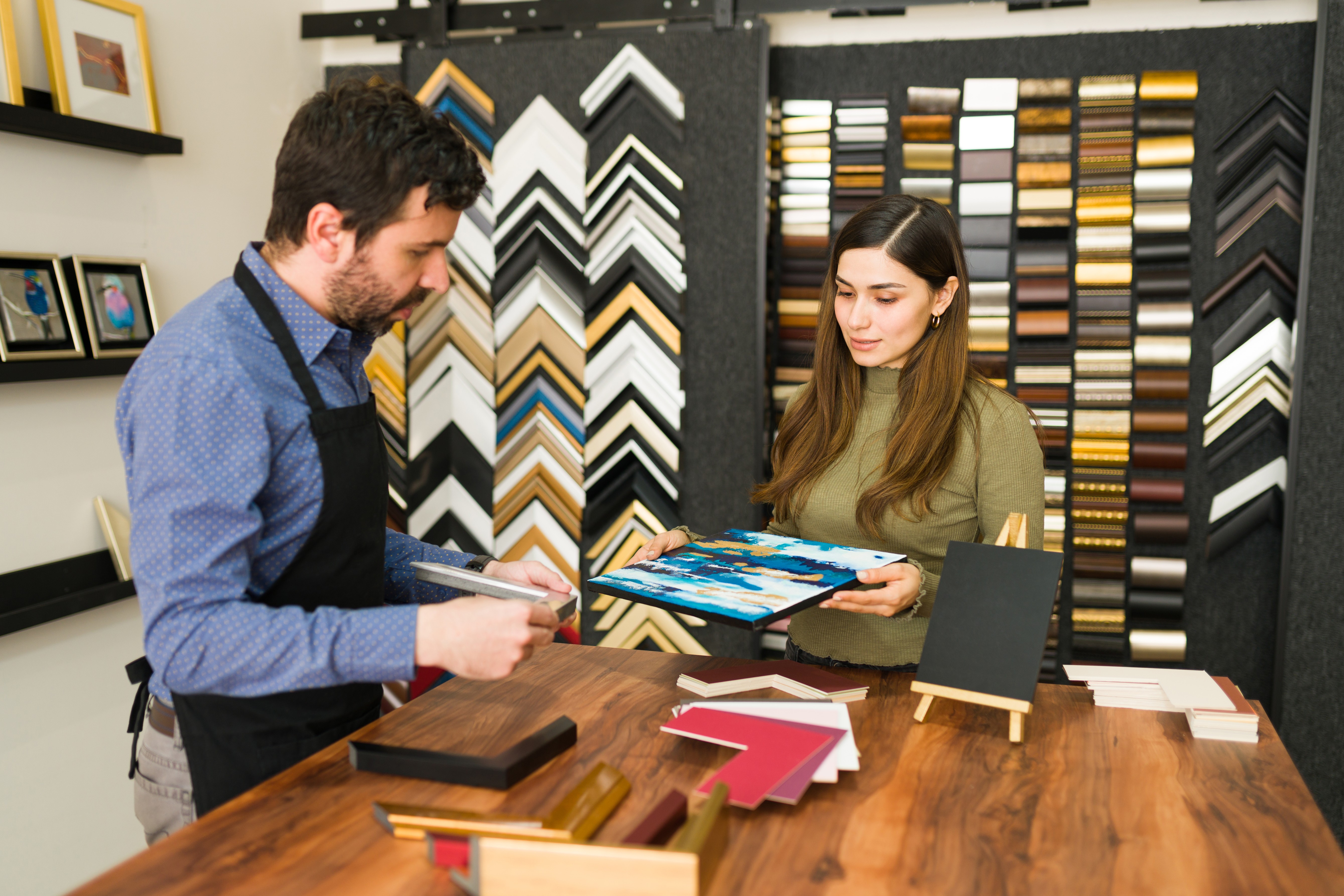
How Multiwood Dealers Are Meeting the Needs of Mod...
16 May, 2025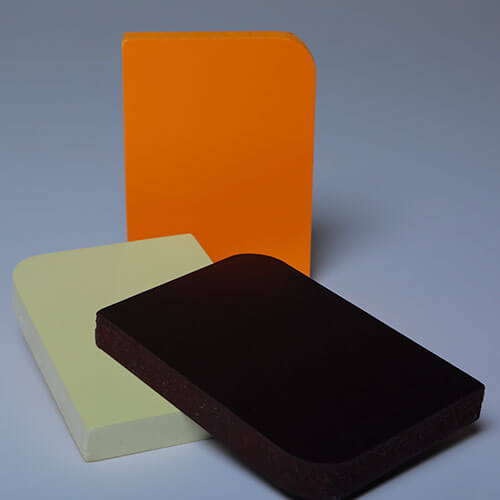
Local Sourcing vs Online Purchase: Where to Buy PV...
05 Jun, 2025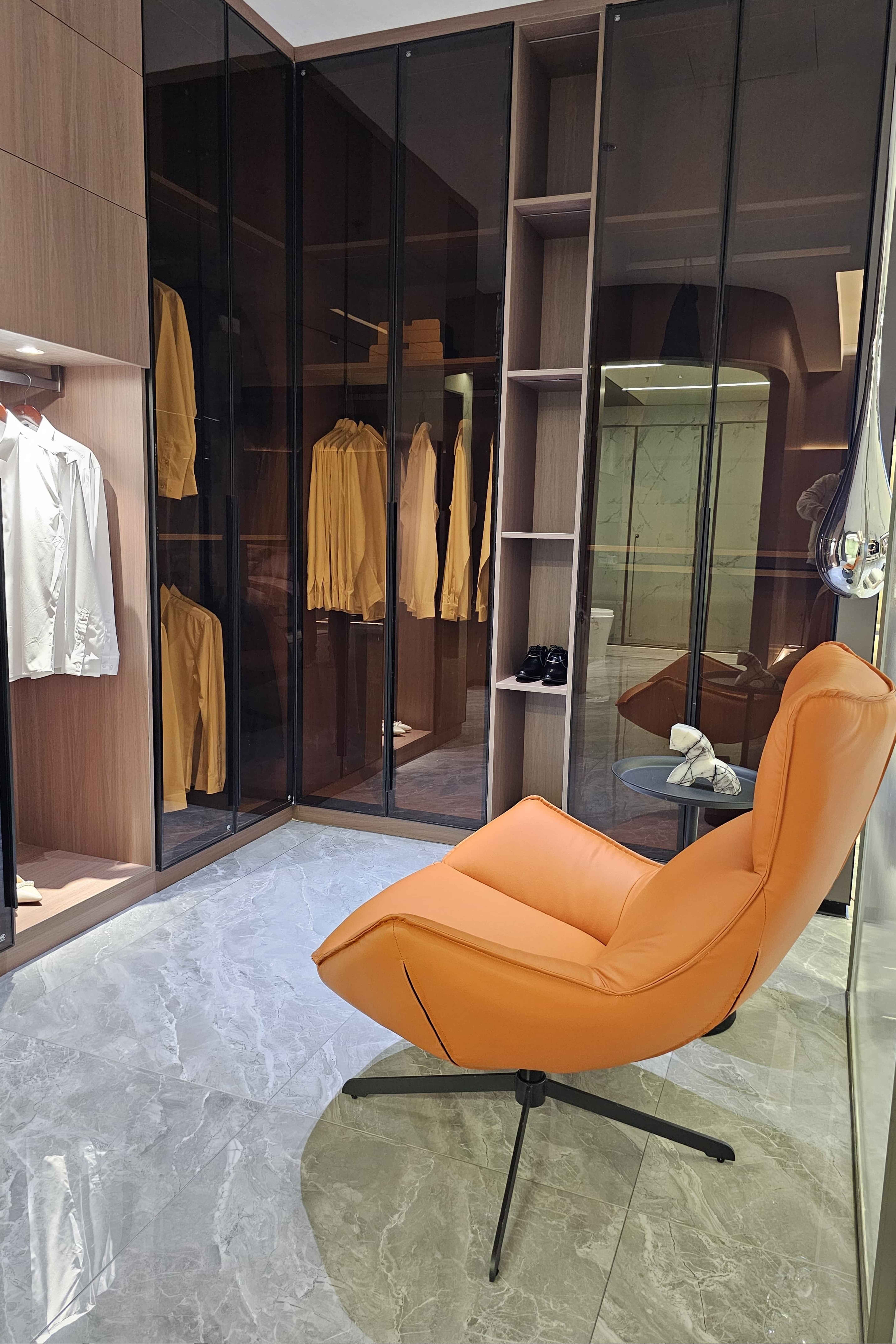
How to Use WPC Boards for Wardrobes and Interior F...
19 Jun, 2025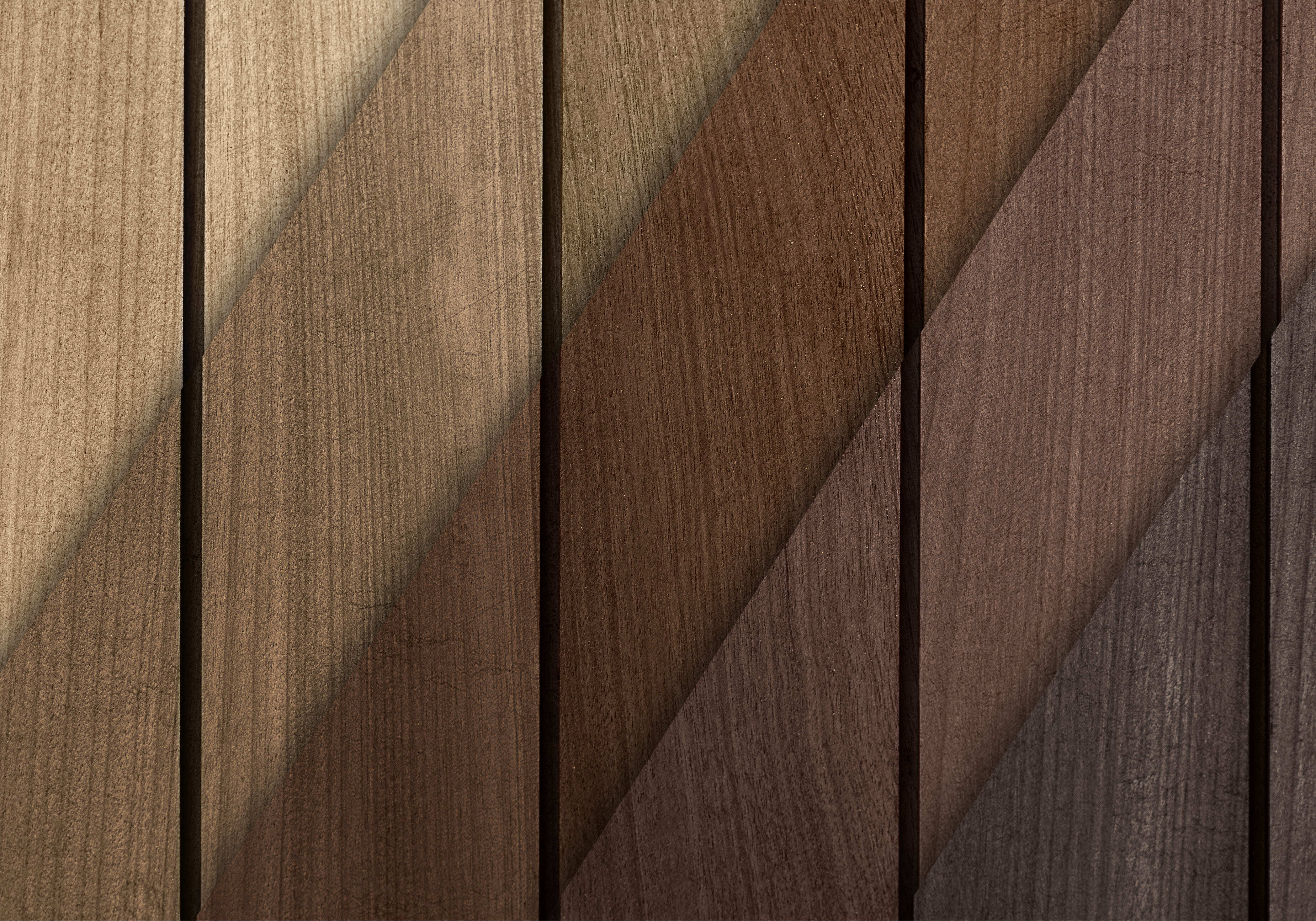
The Beginner’s Guide to Using Multiwood Sheets in...
07 Jul, 2025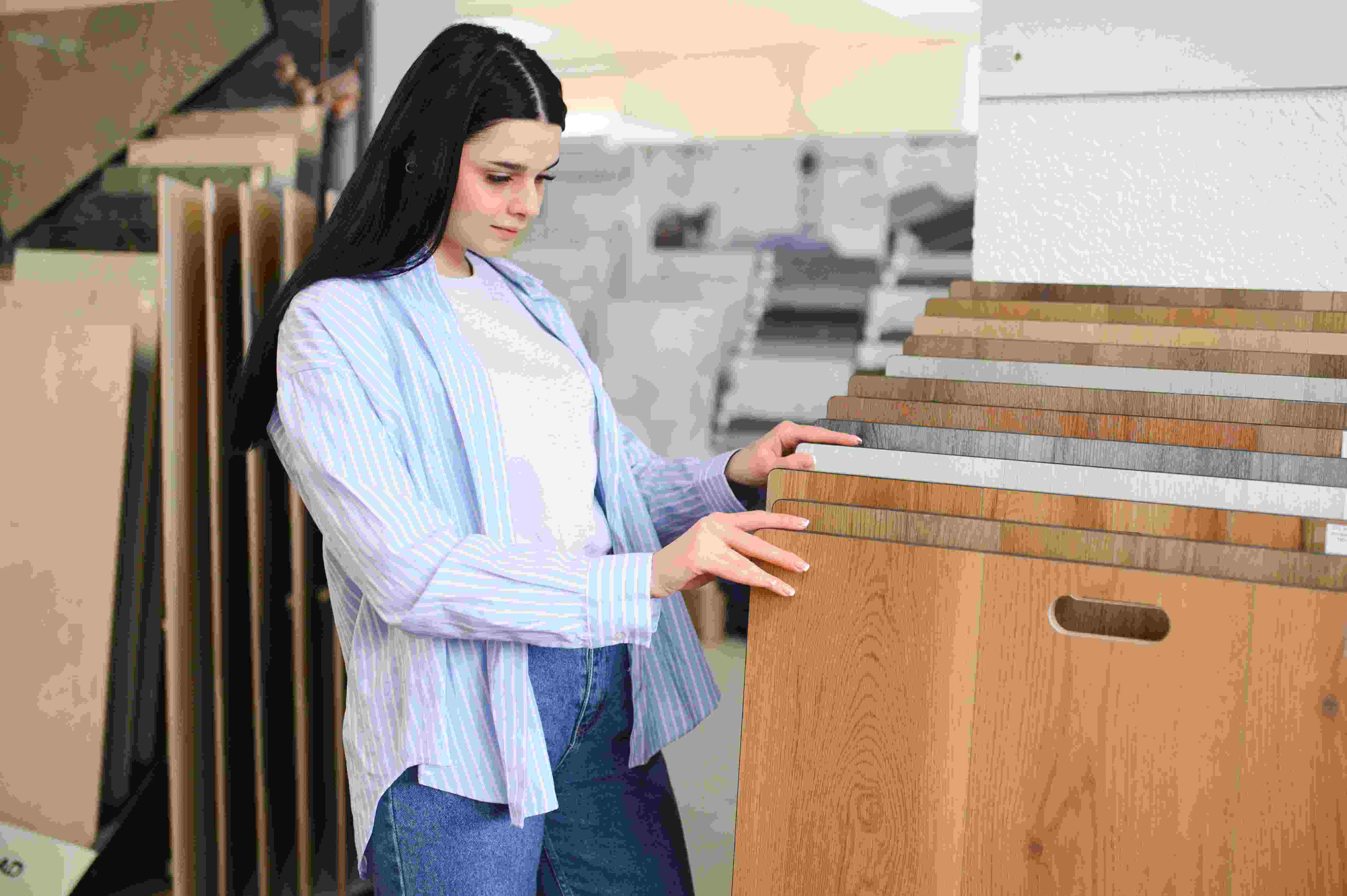
Top Mistakes to Avoid When Using PVC Foam Boards i...
16 Jul, 2025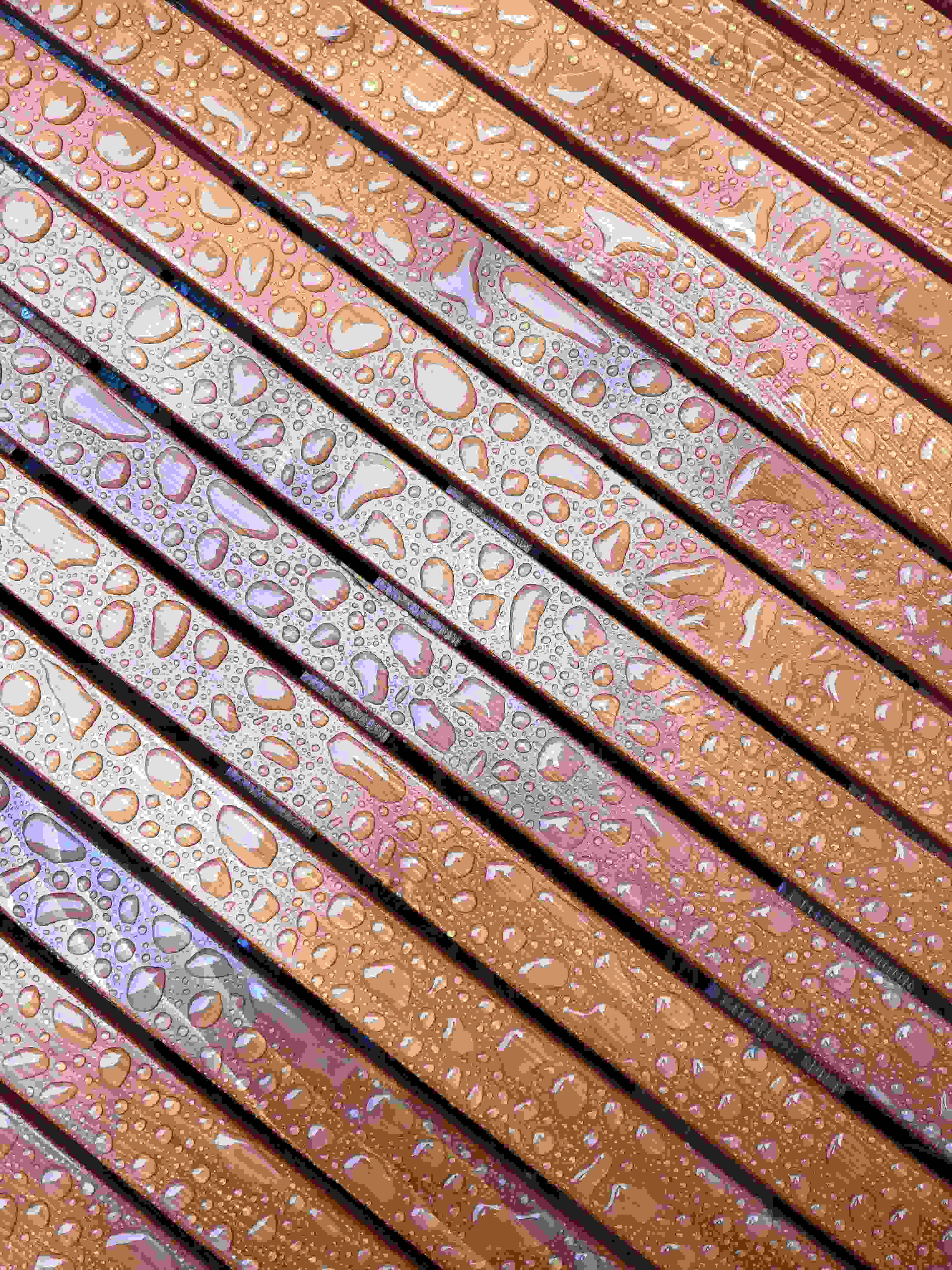
Everything You Should Know About Waterproof WPC Bo...
07 Aug, 2025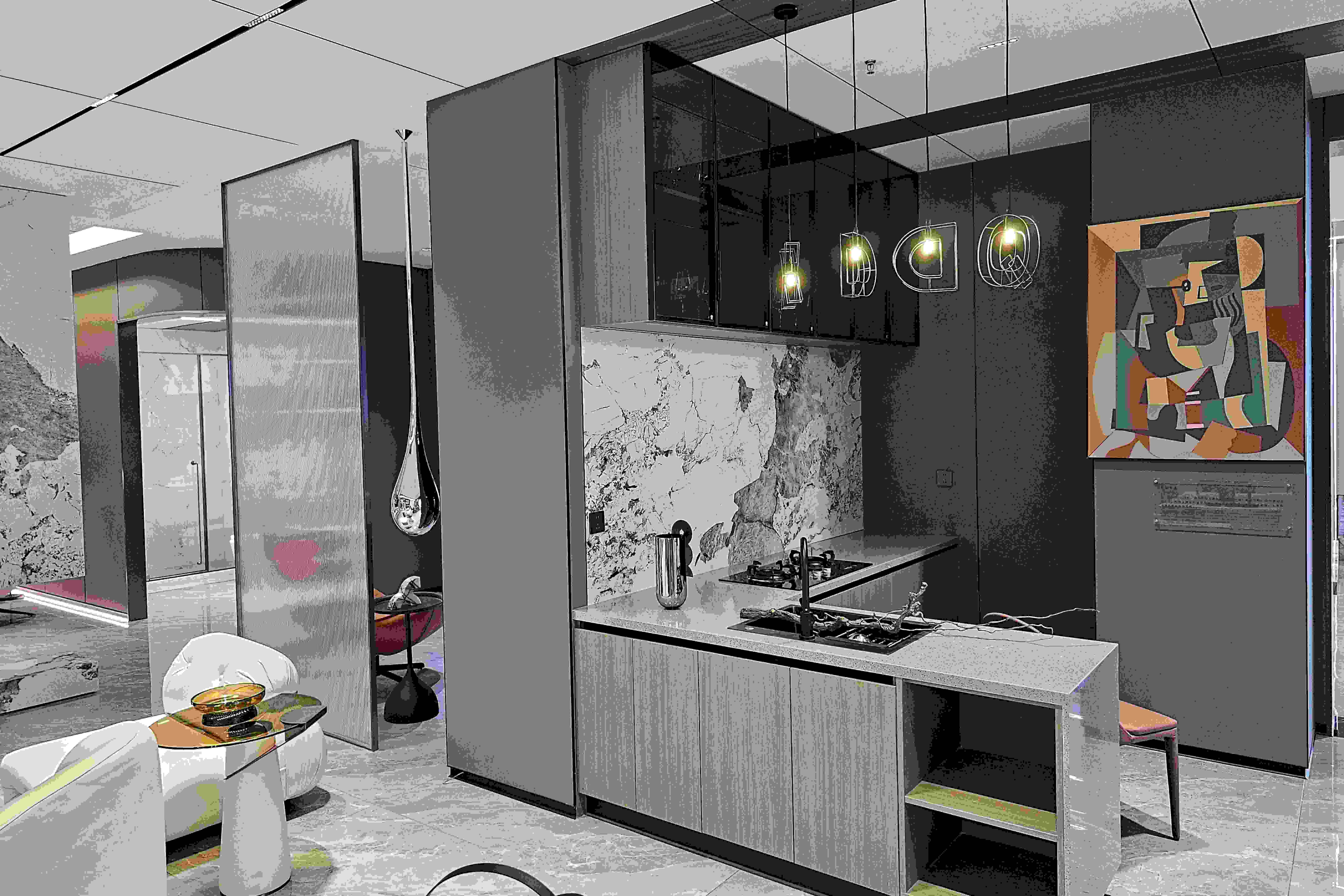
WPC Board vs PVC Board: Which One Should You Choo...
28 Aug, 2025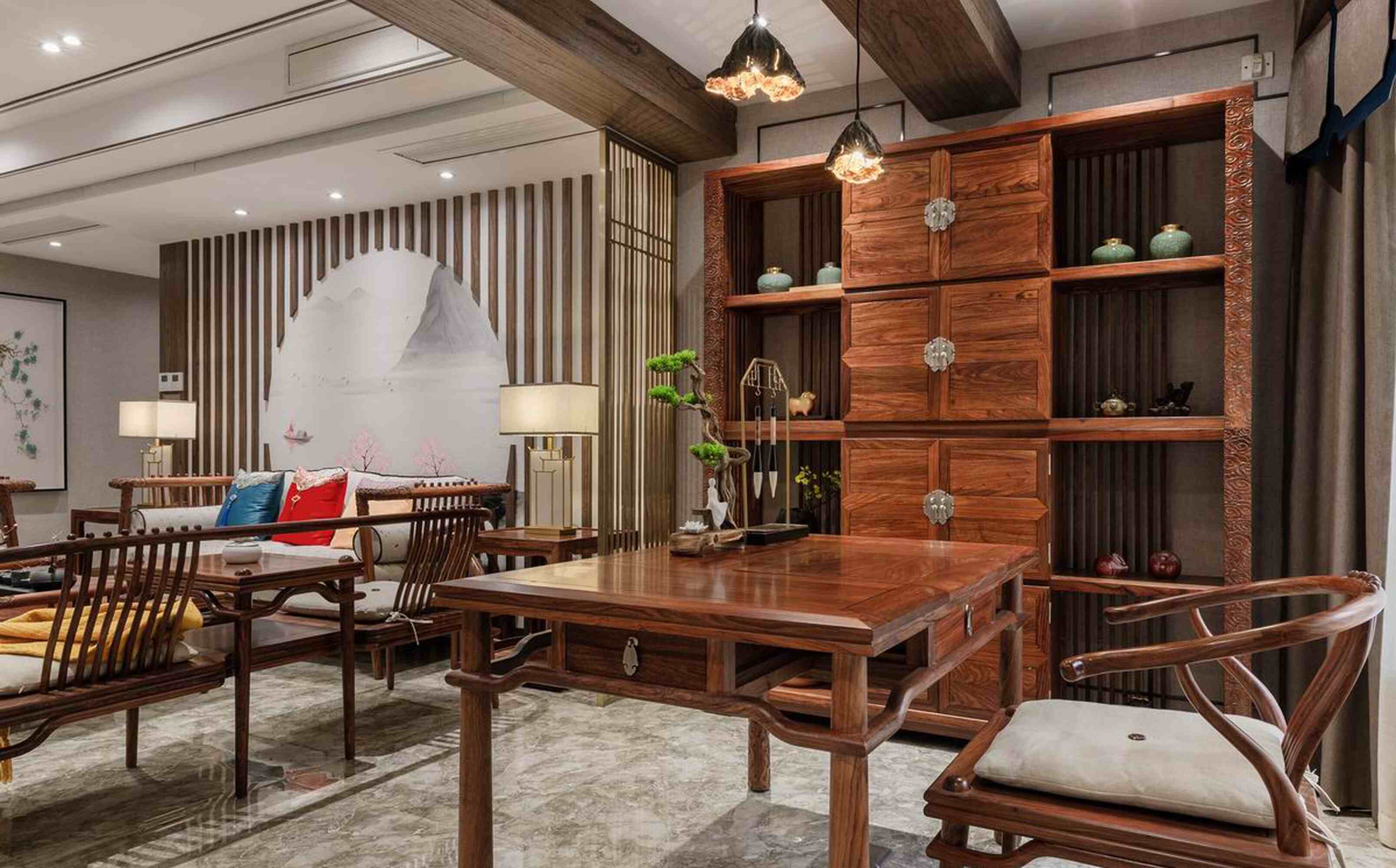
Emerging Trends in Multiwood Products and How Deal...
12 Sep, 2025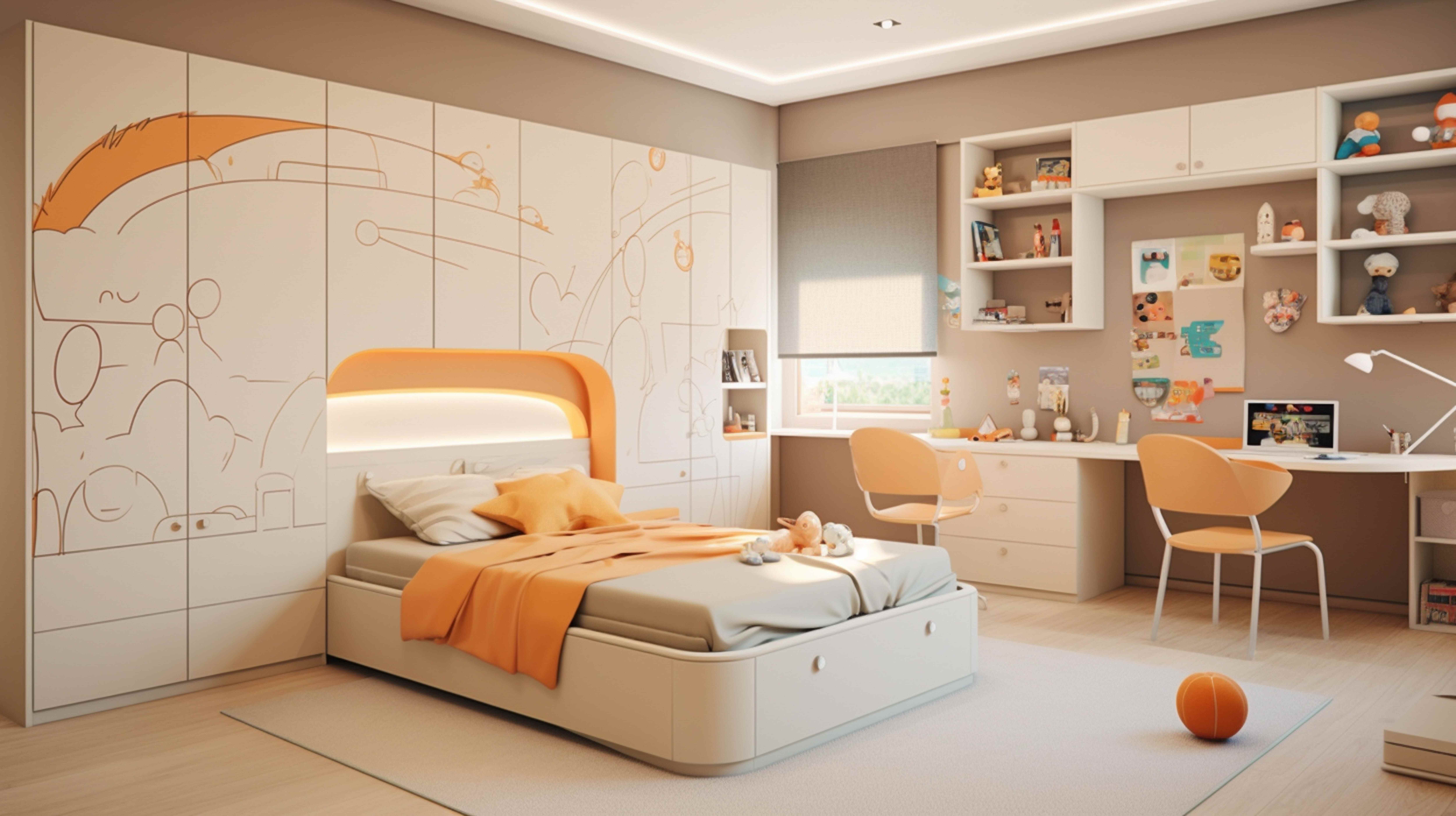
Creative Ideas for Kids’ Room Decor Using PVC Foam...
25 Sep, 2025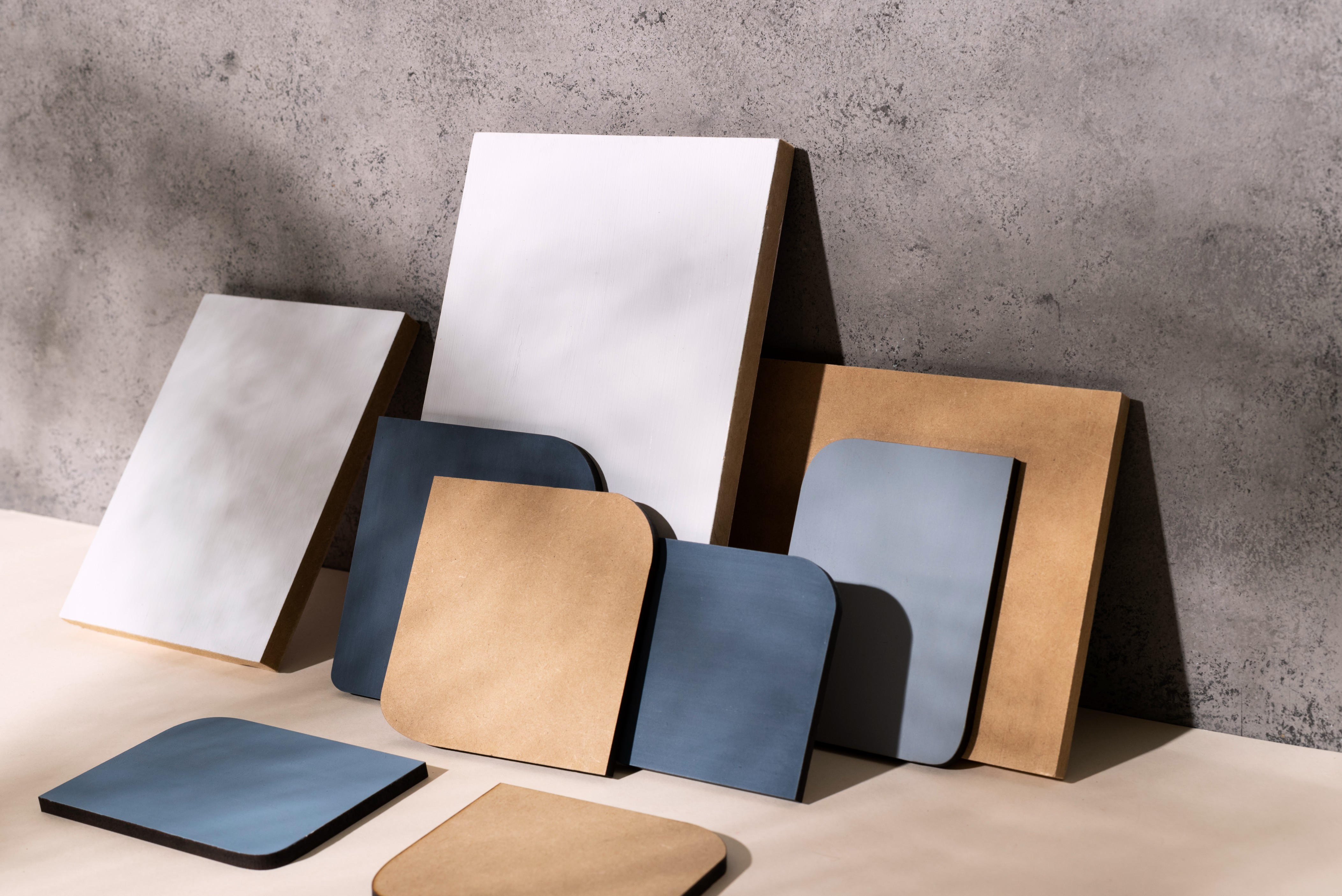
PVC Foam Board vs. Plywood: The Ultimate Compariso...
08 Oct, 2025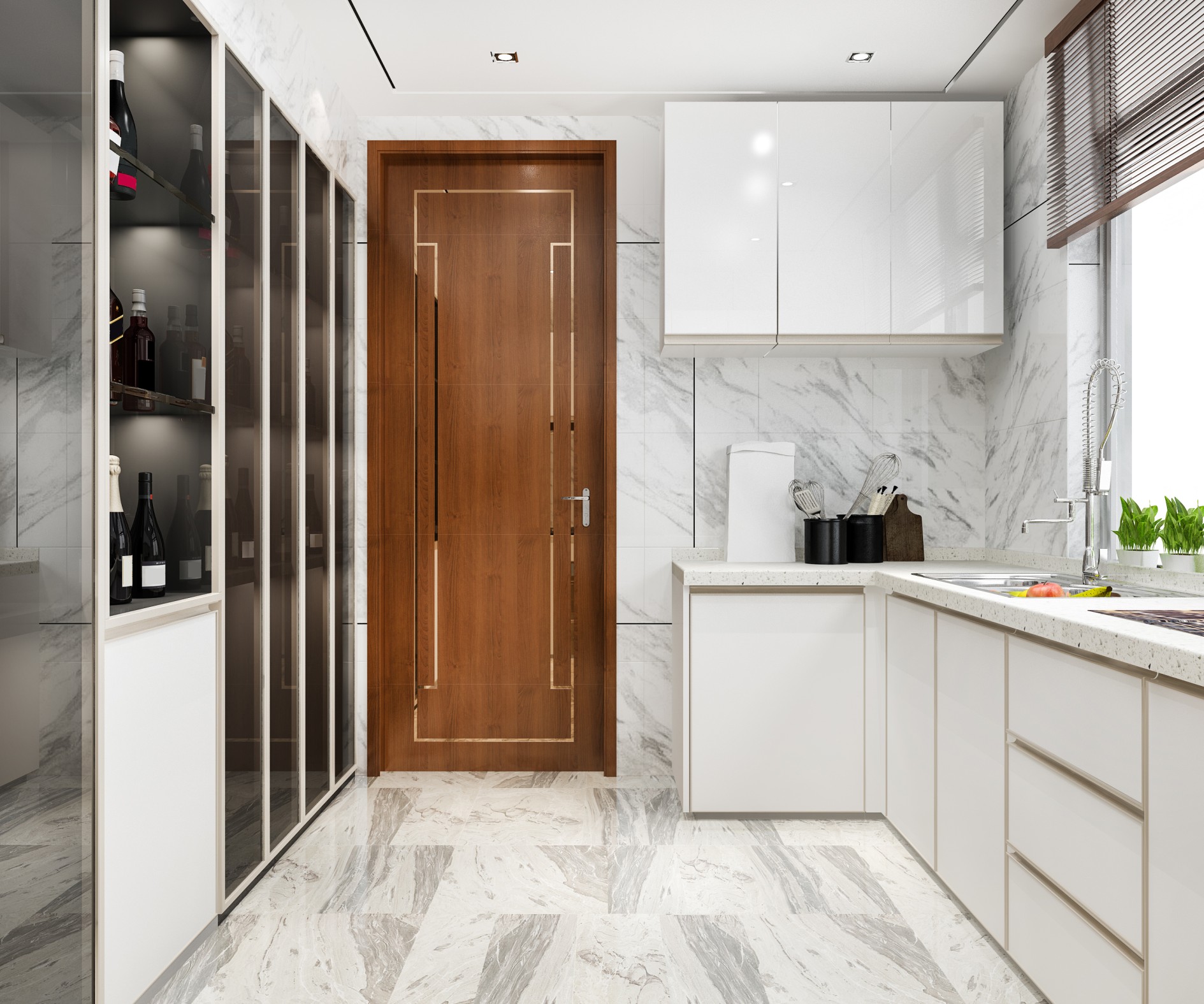
Top Reasons to Choose WPC Bathroom Doors for India...
30 Oct, 2025
A Guide to Choosing the Right Multiwood Dealer for...
27 Nov, 2025